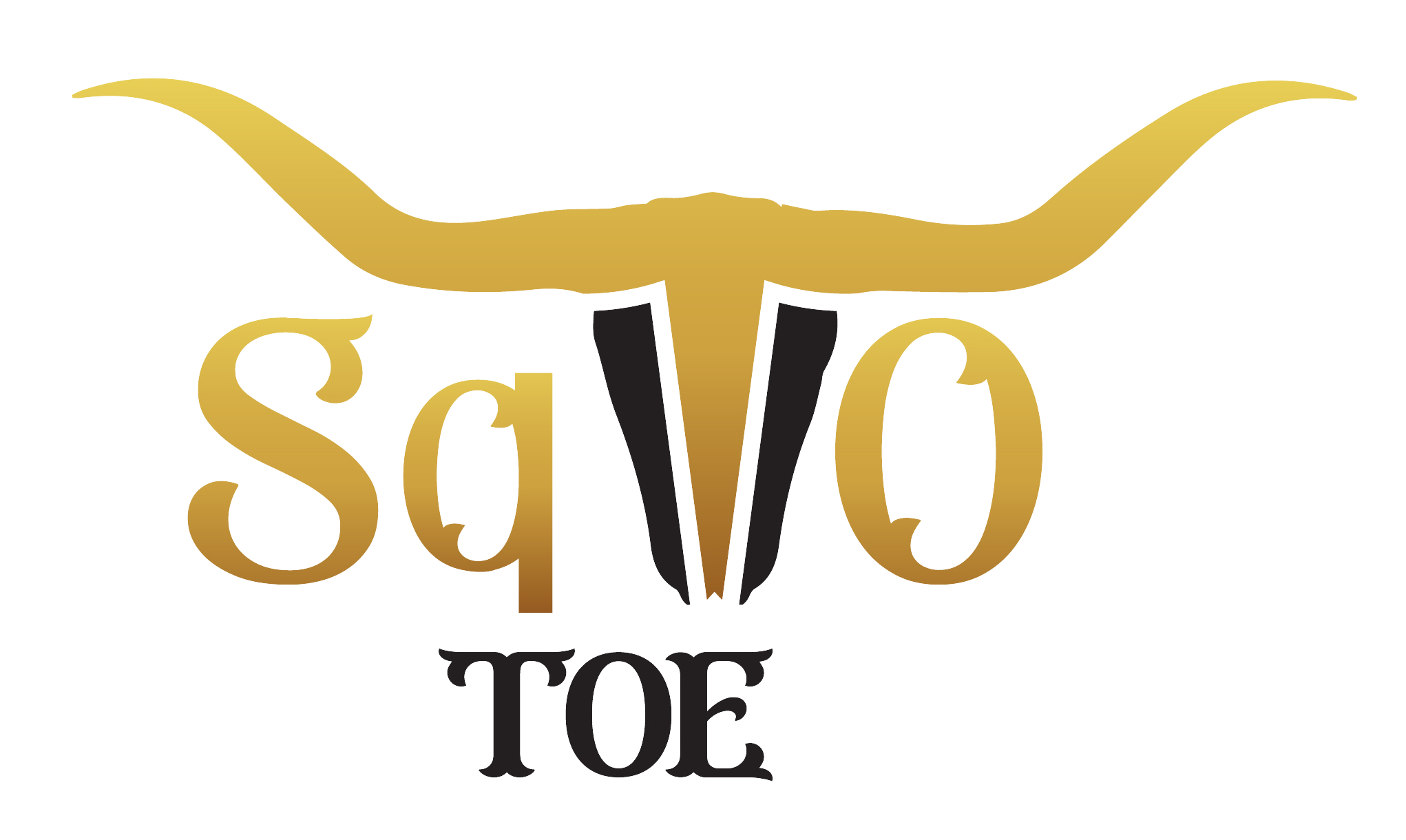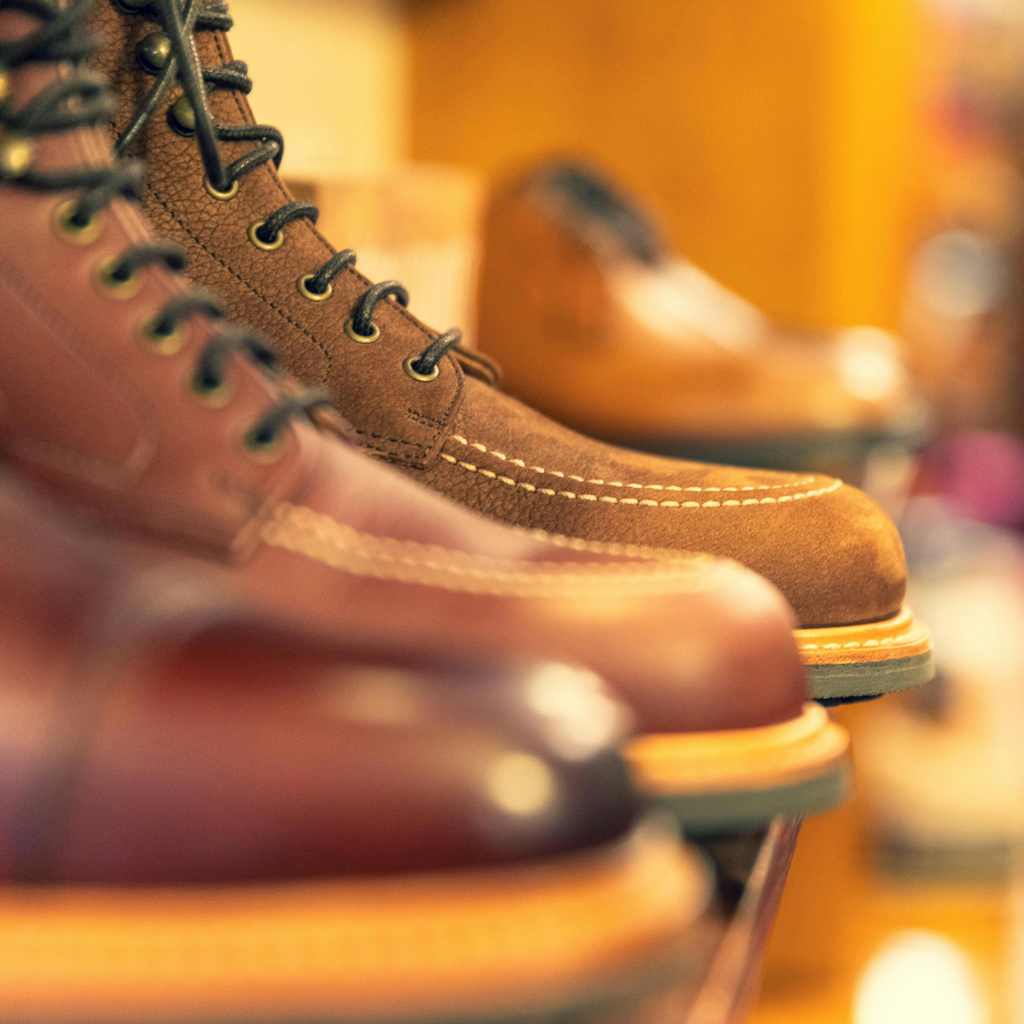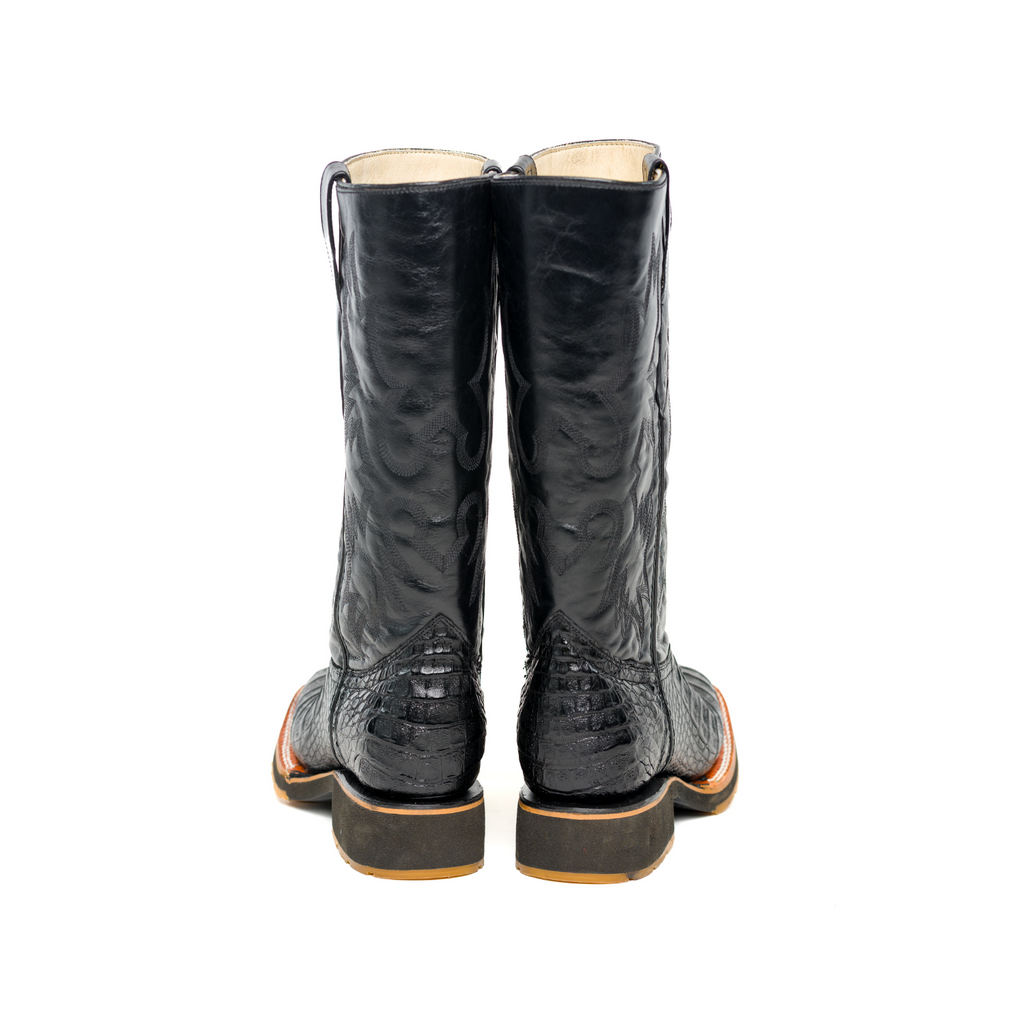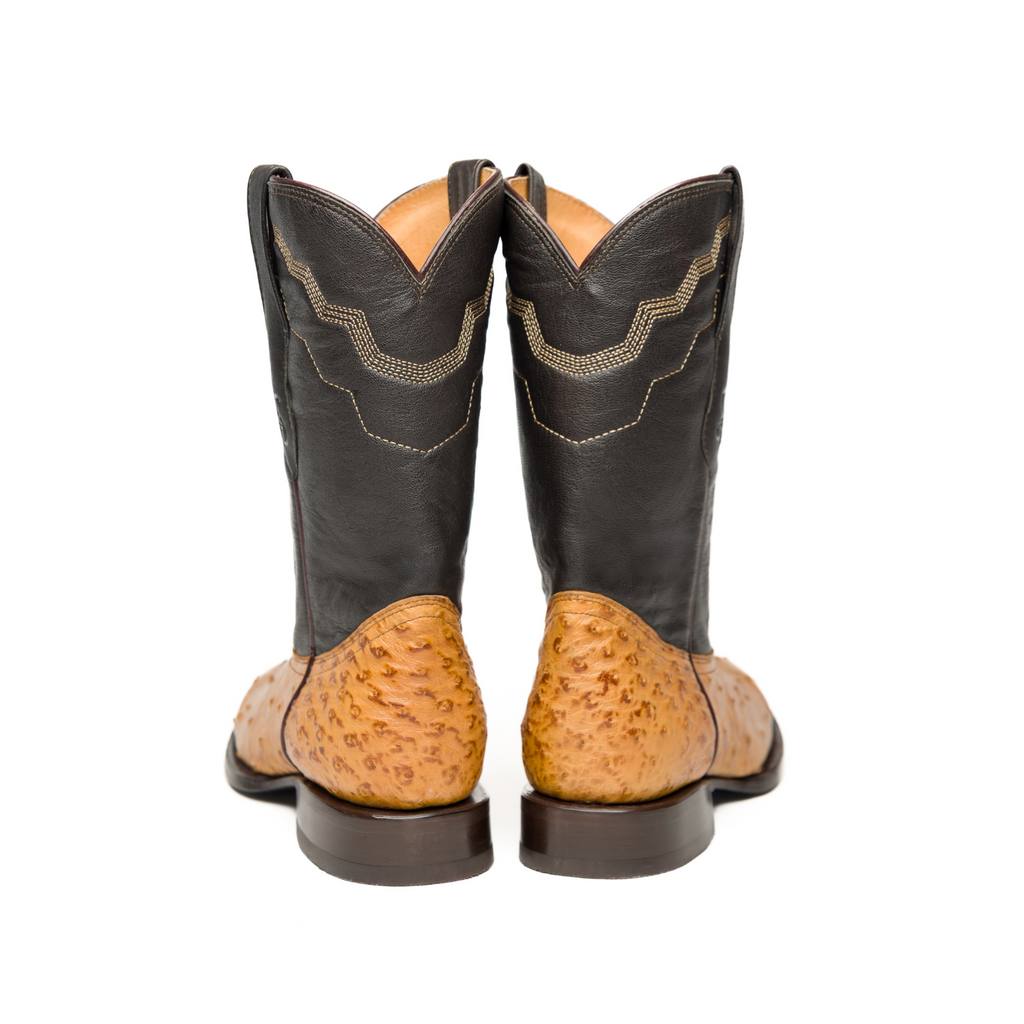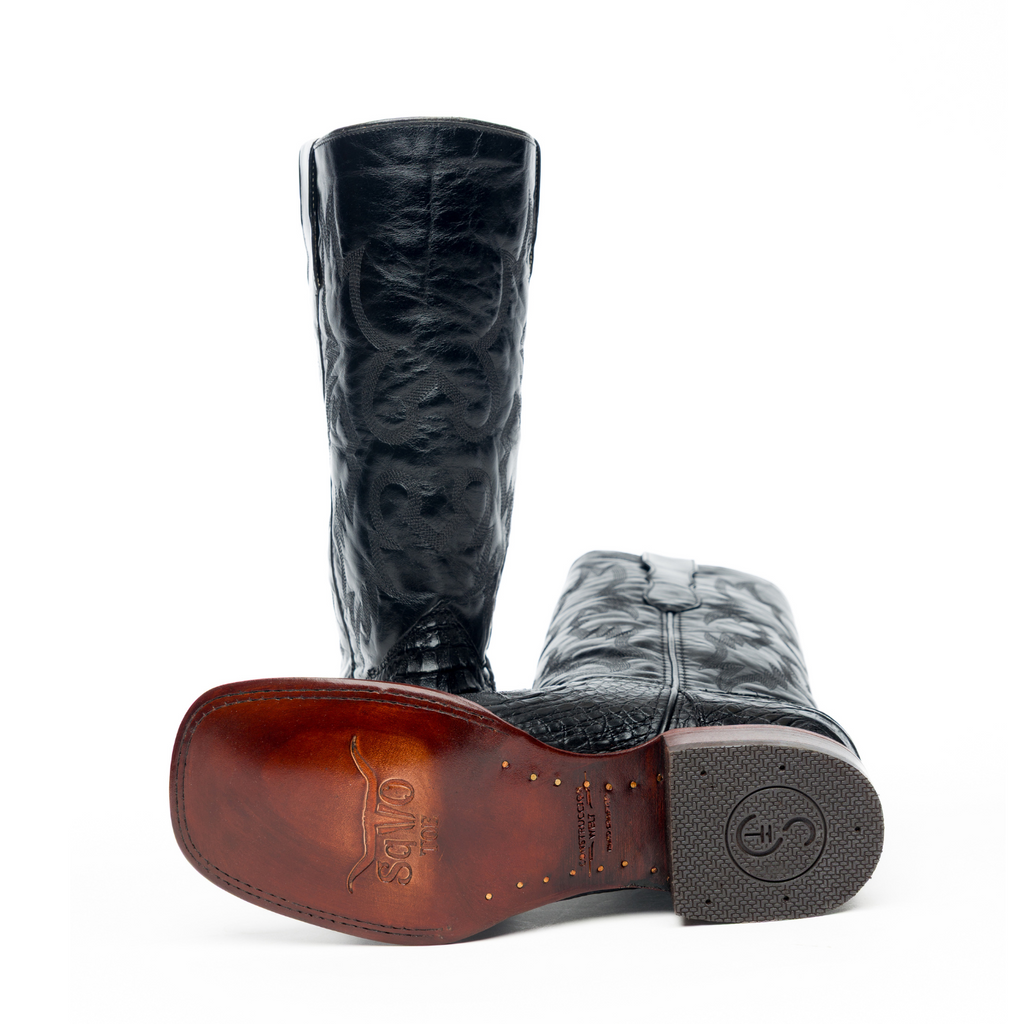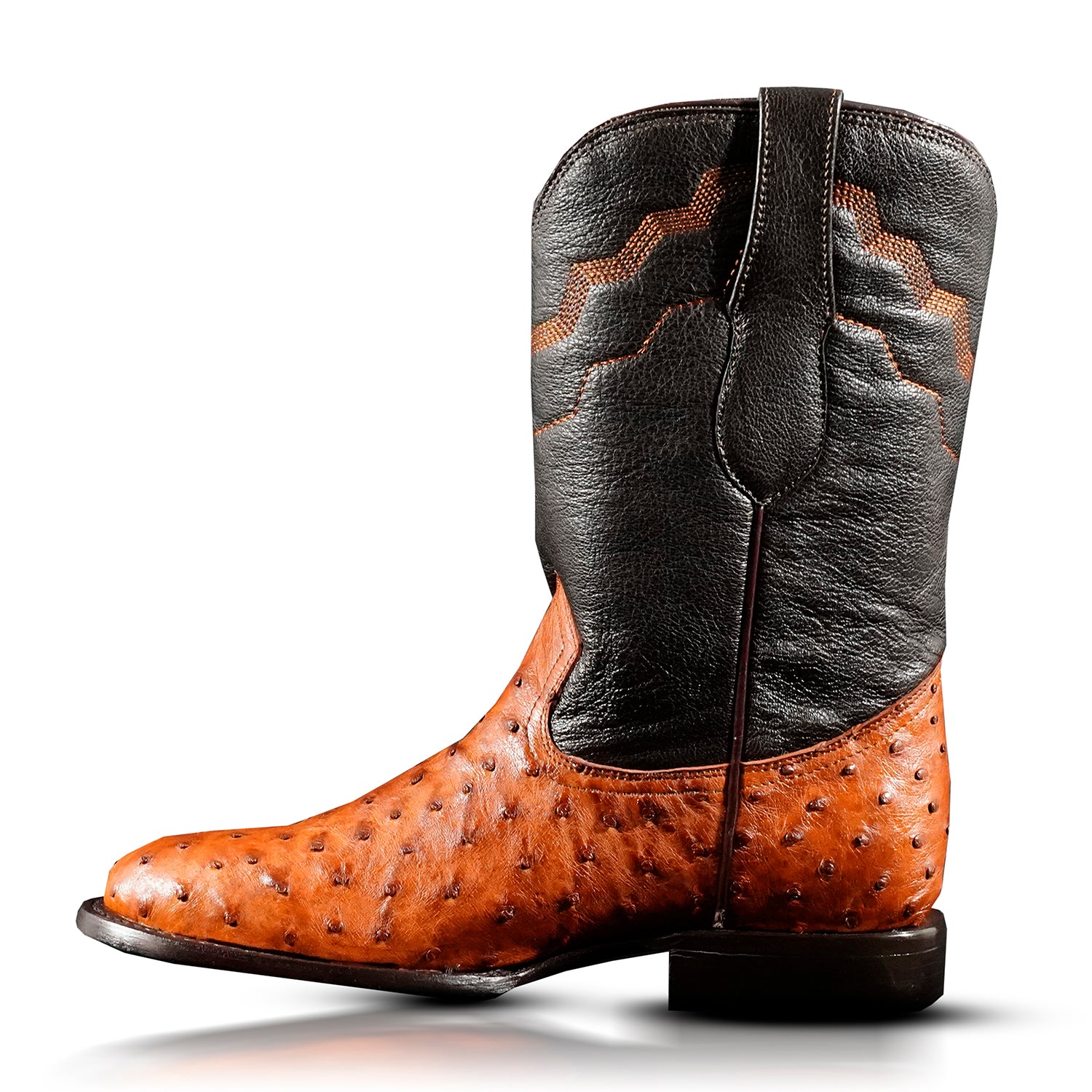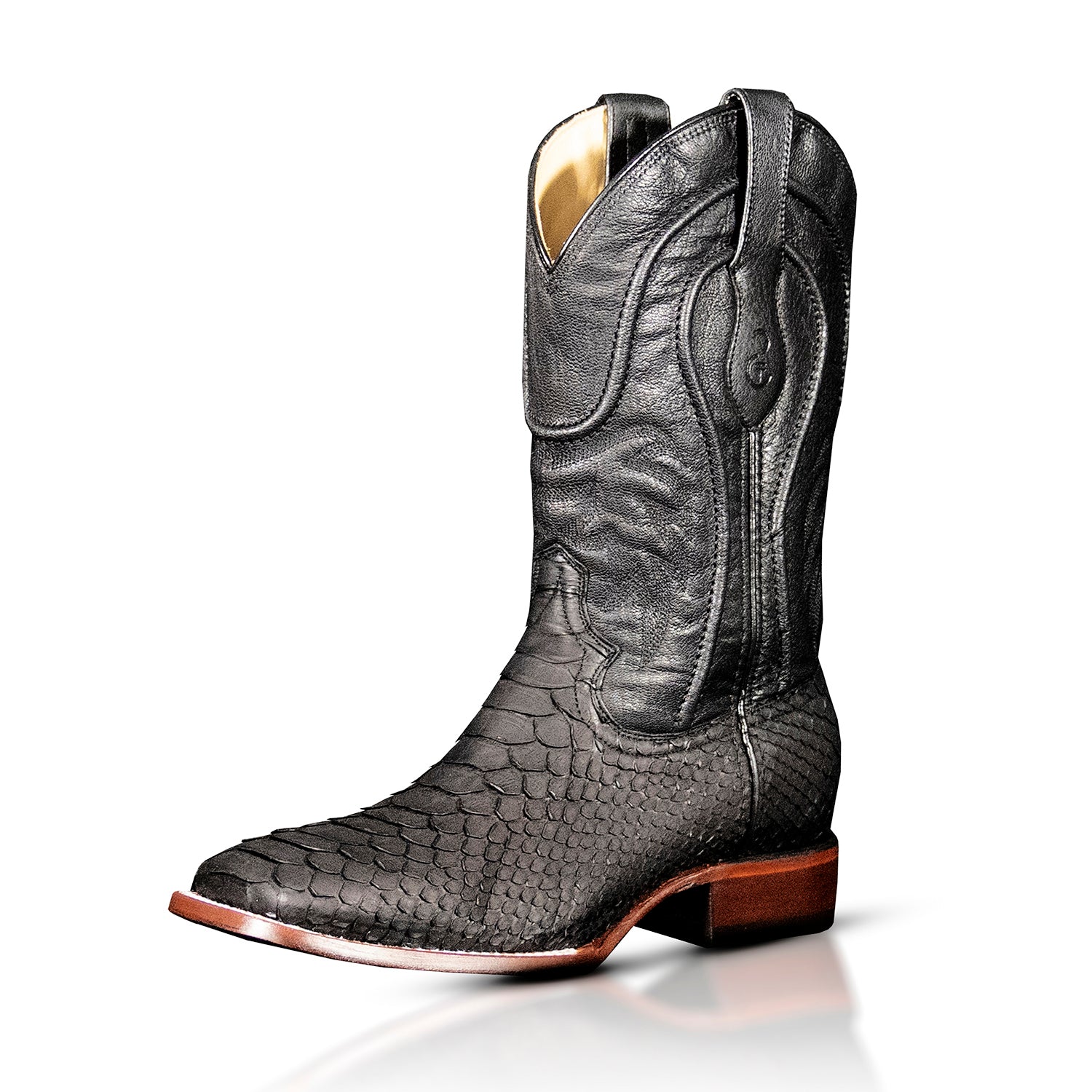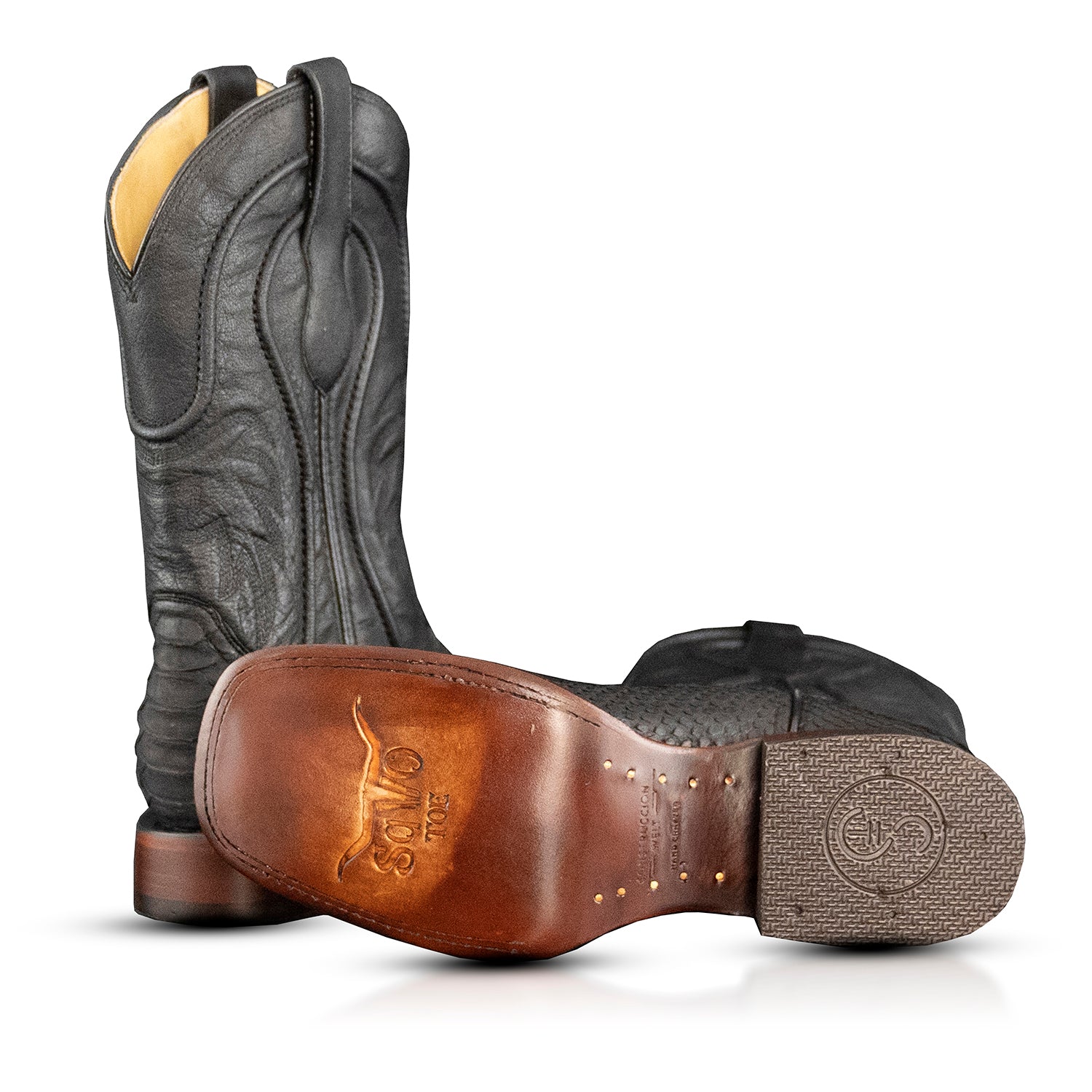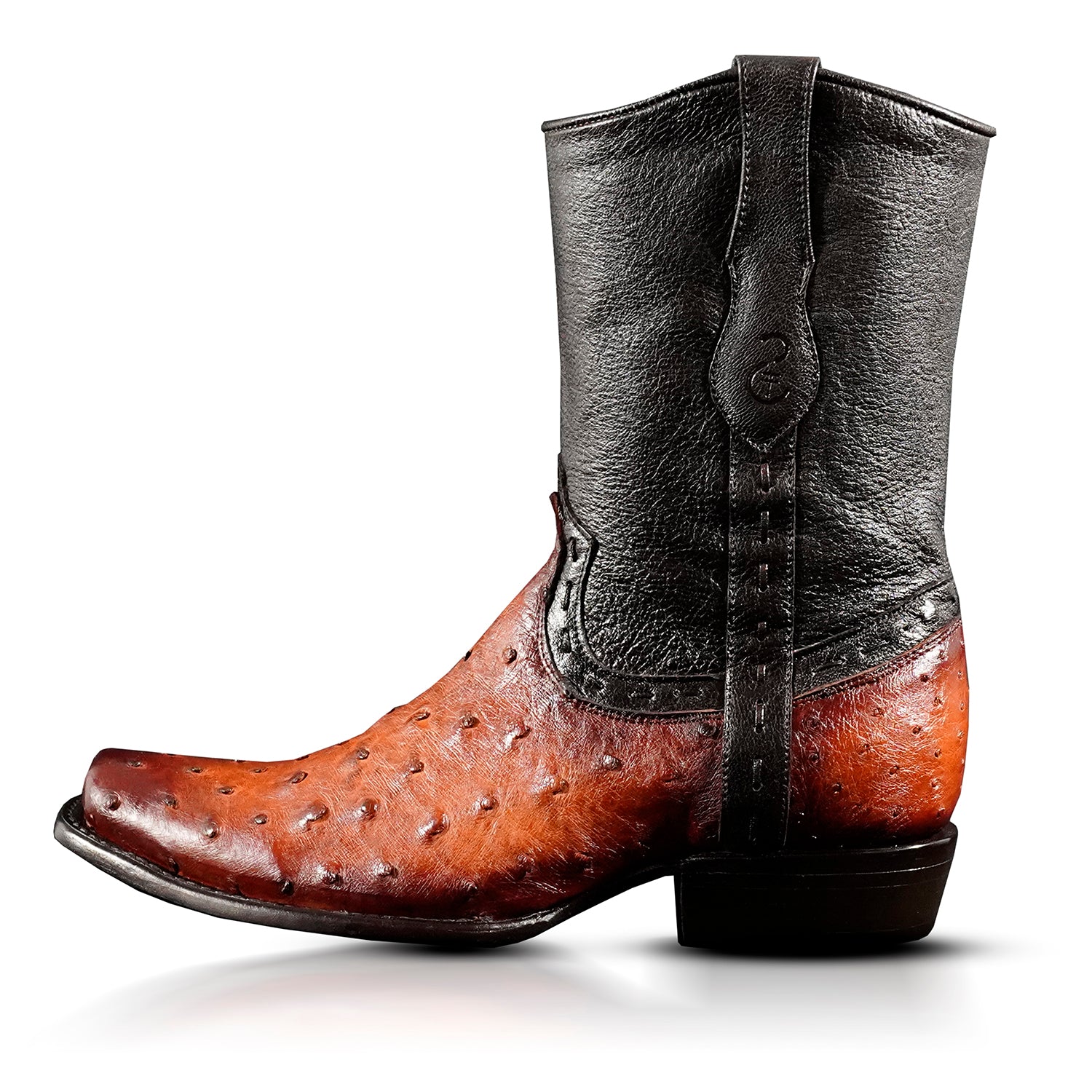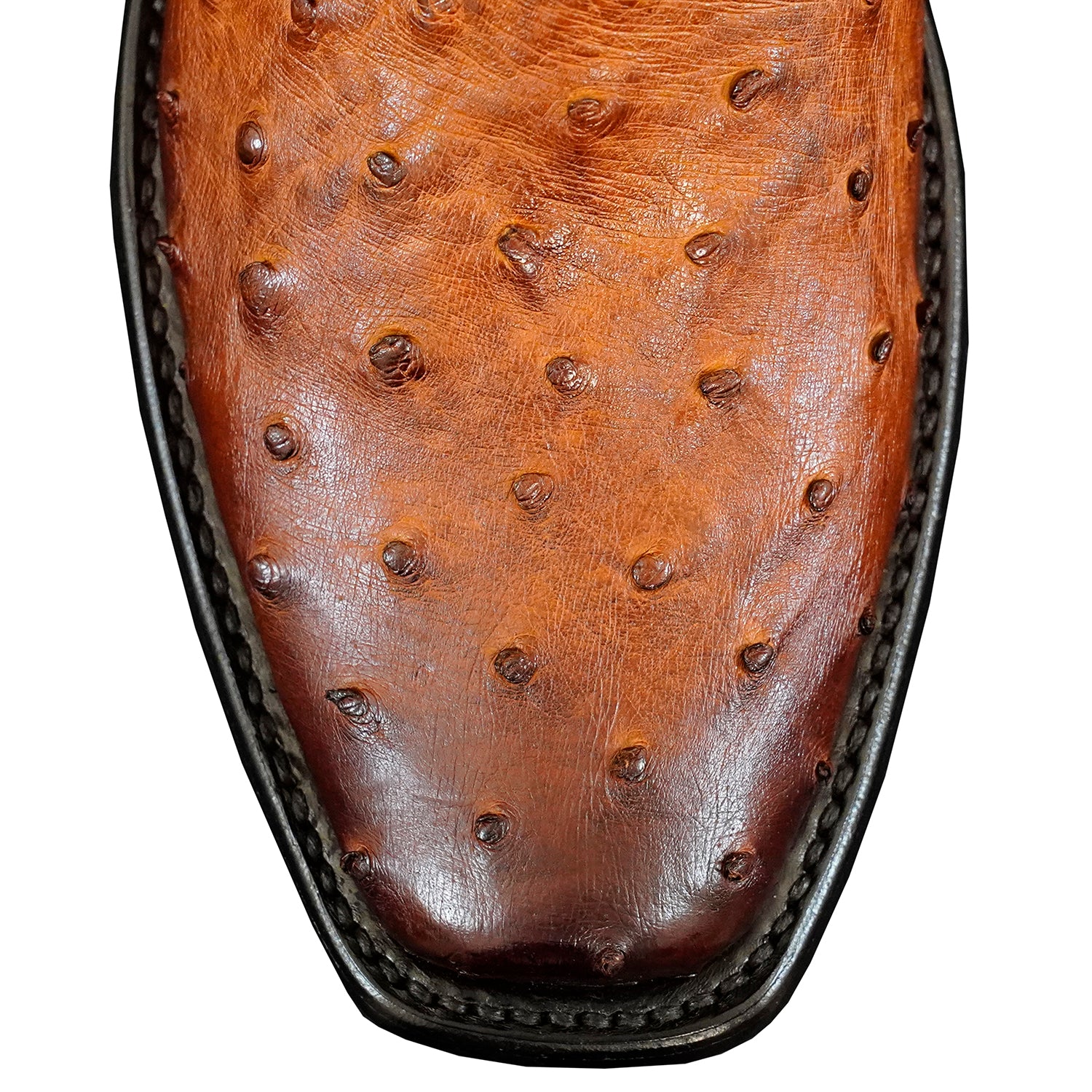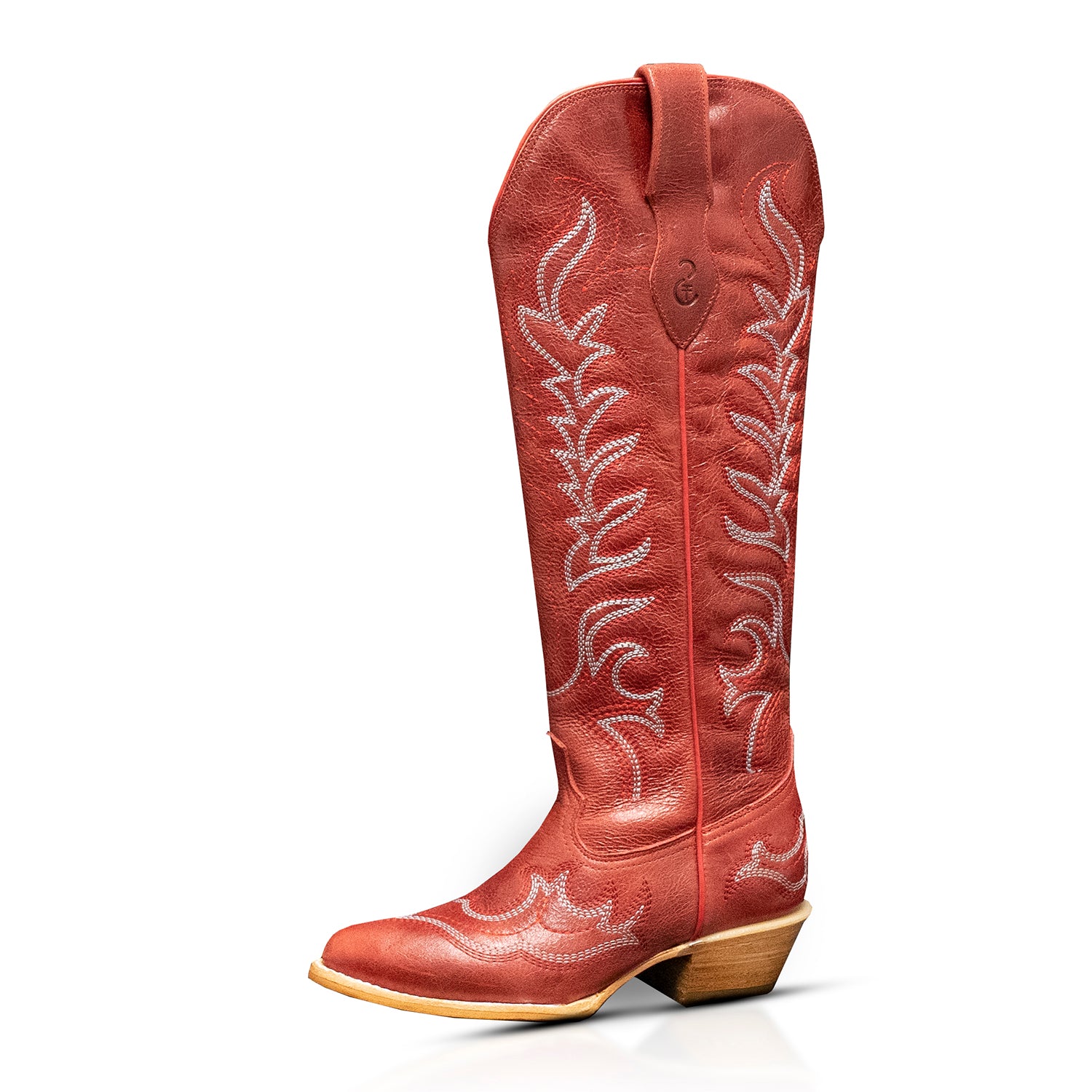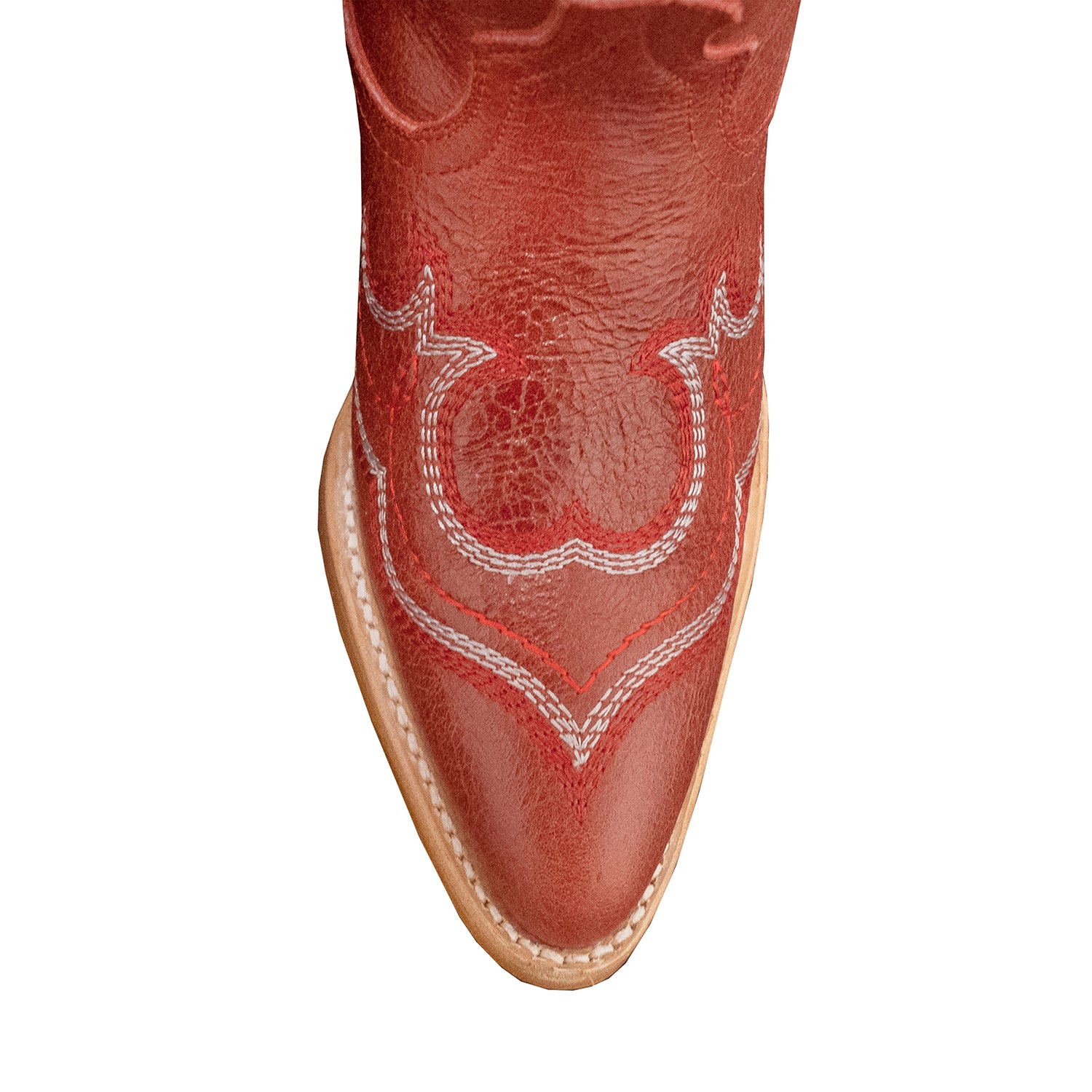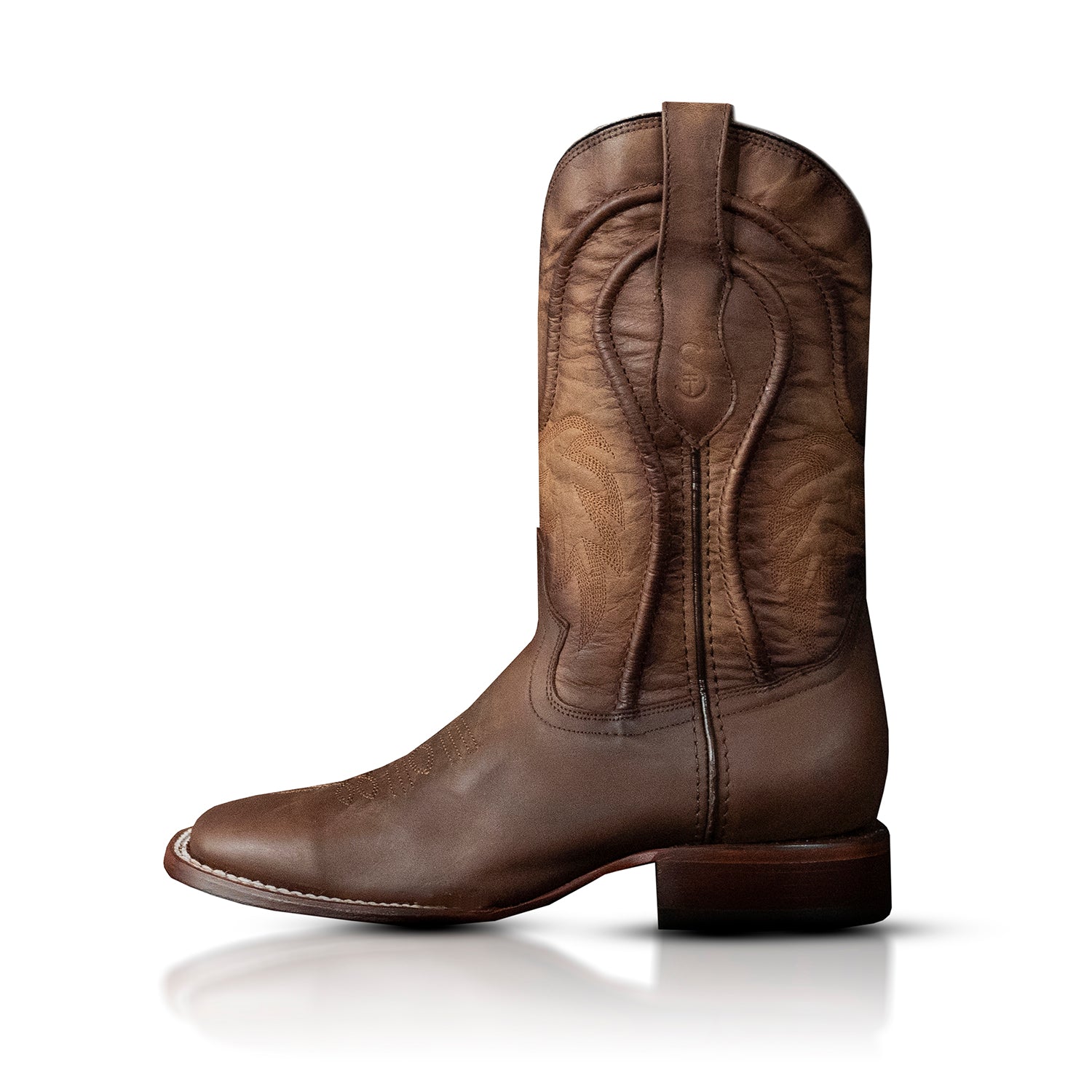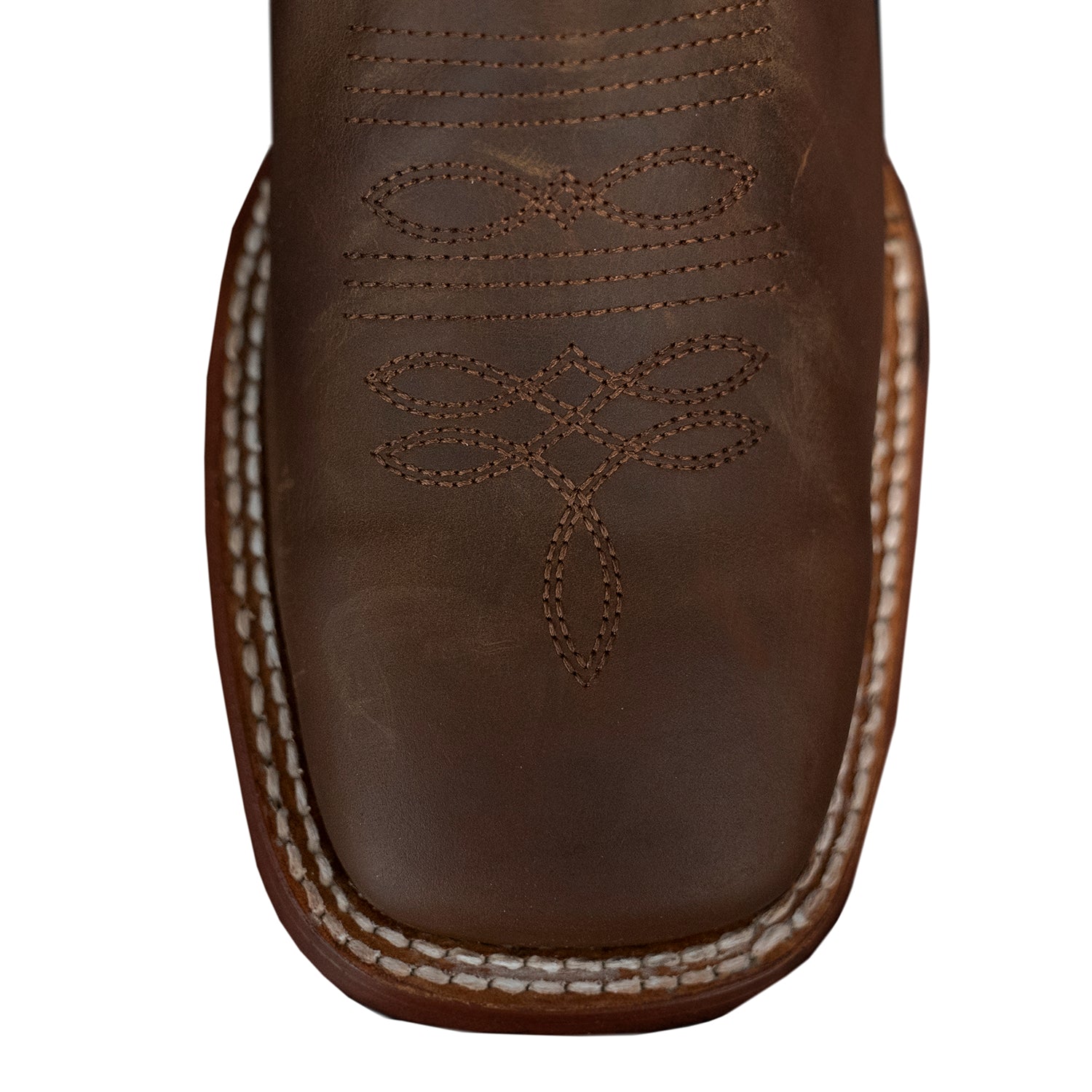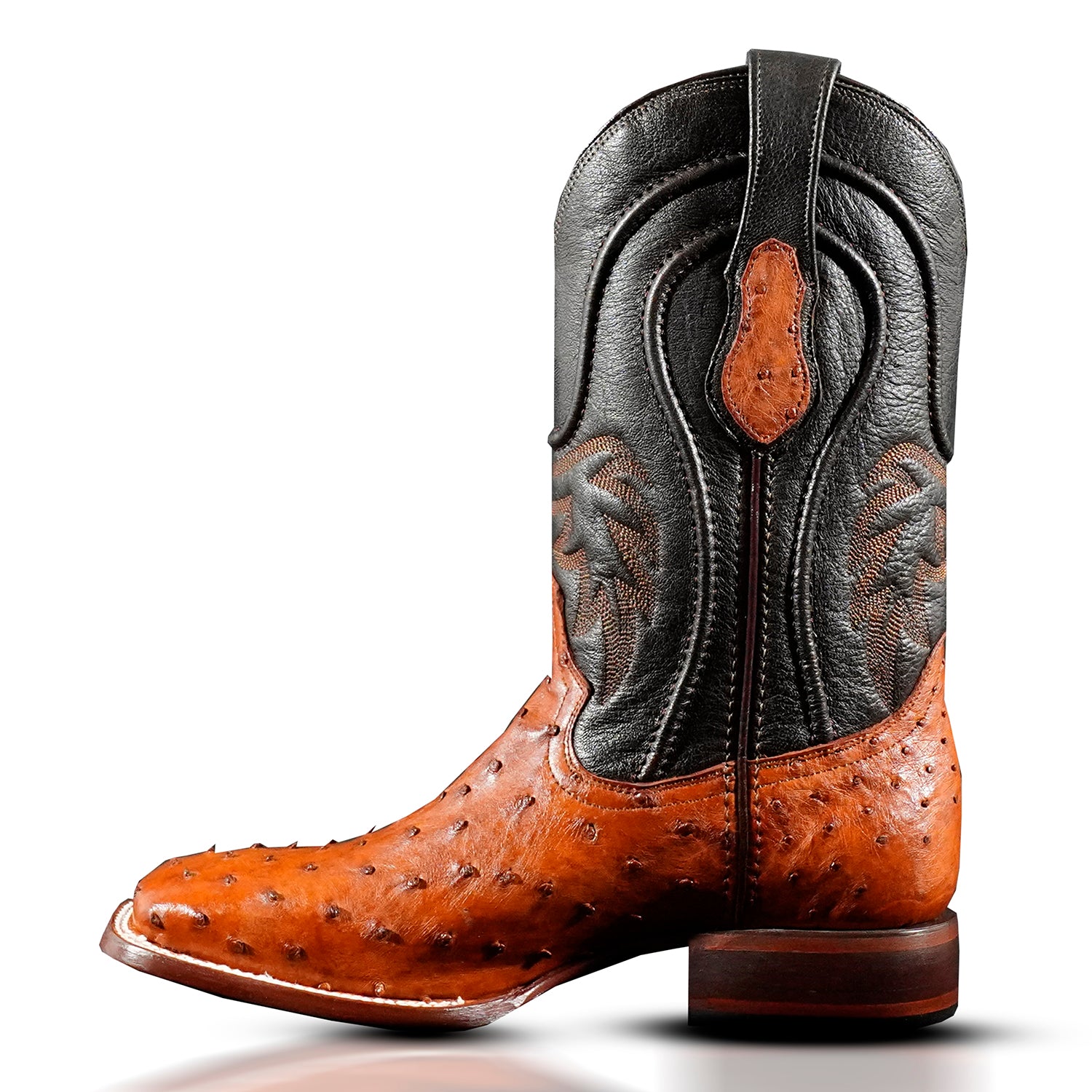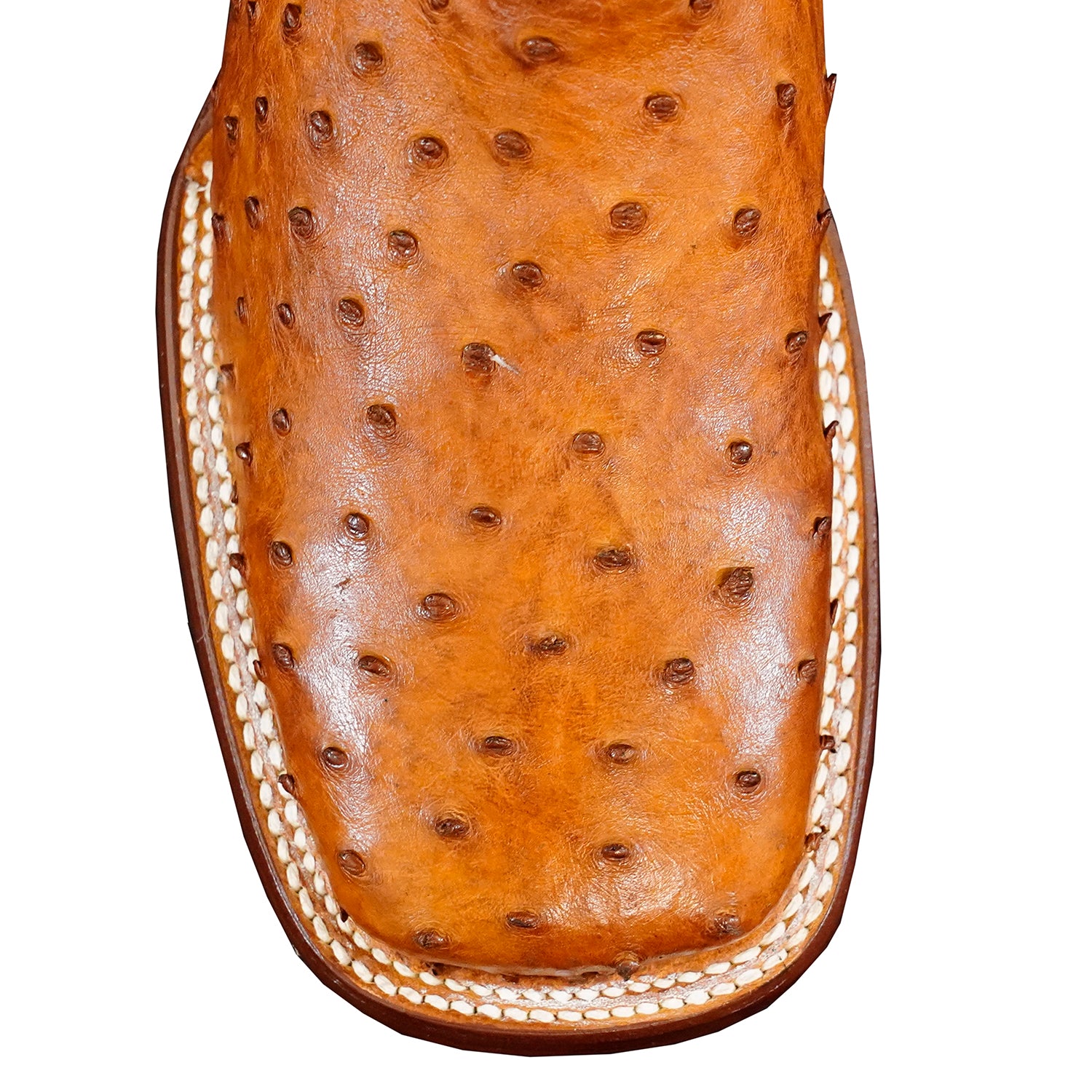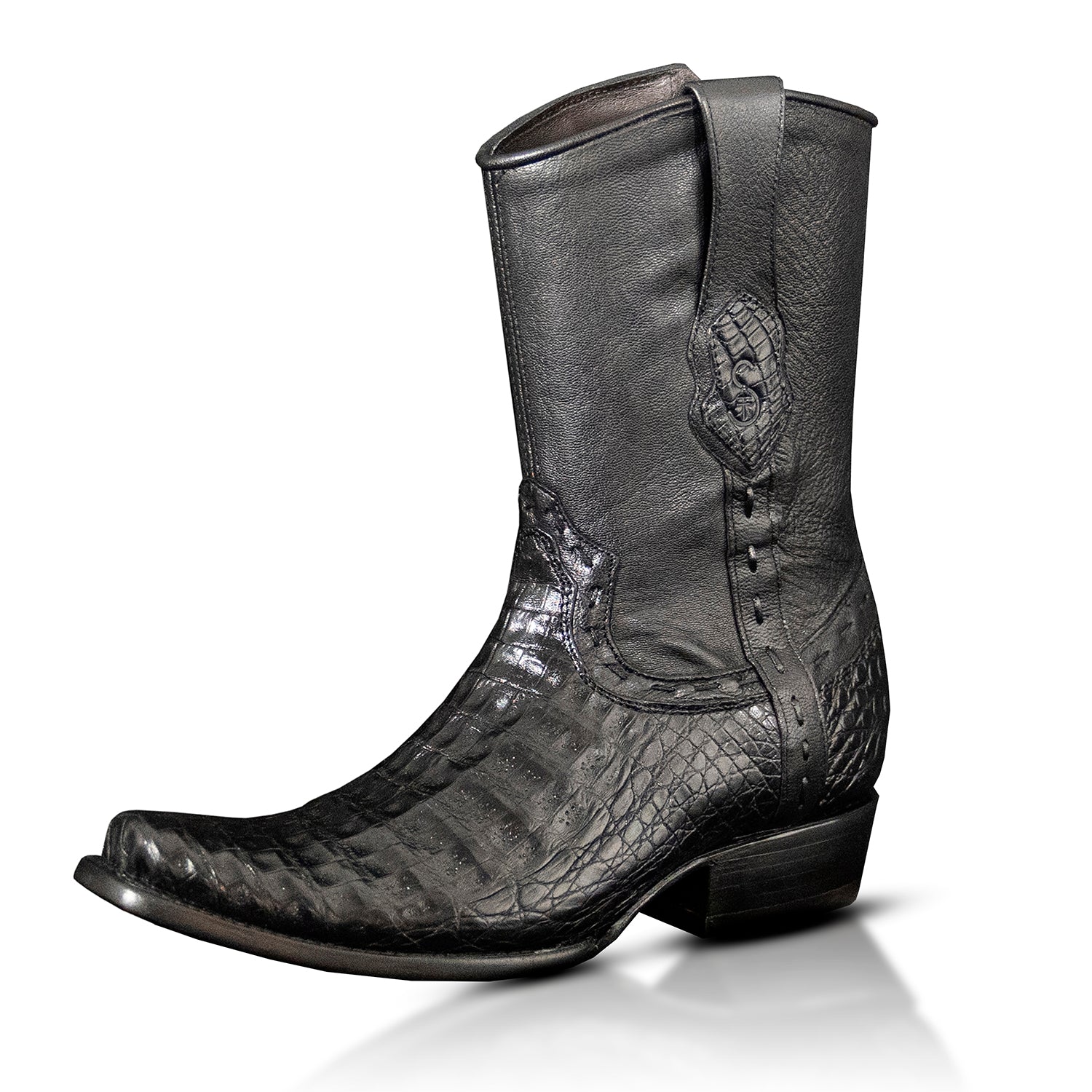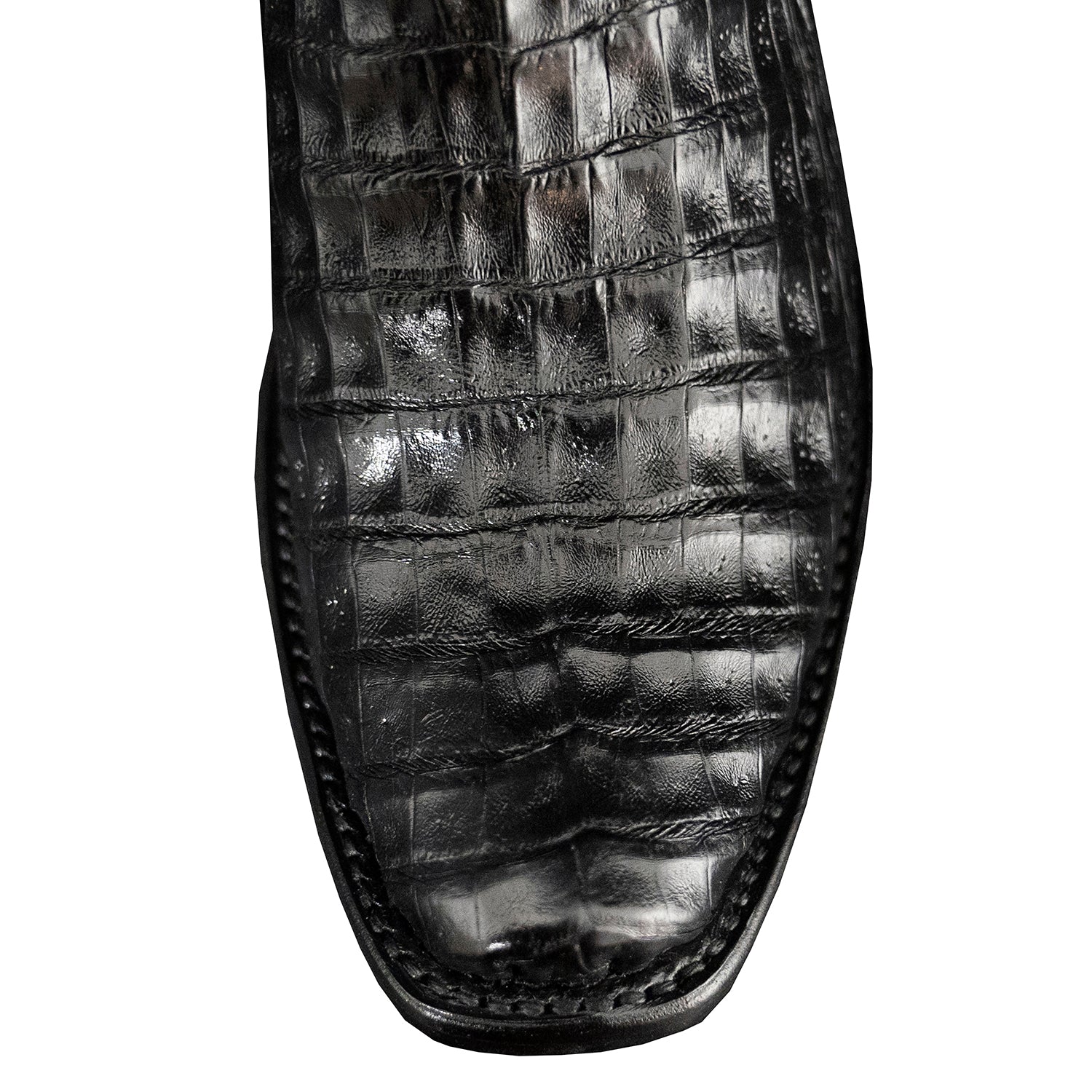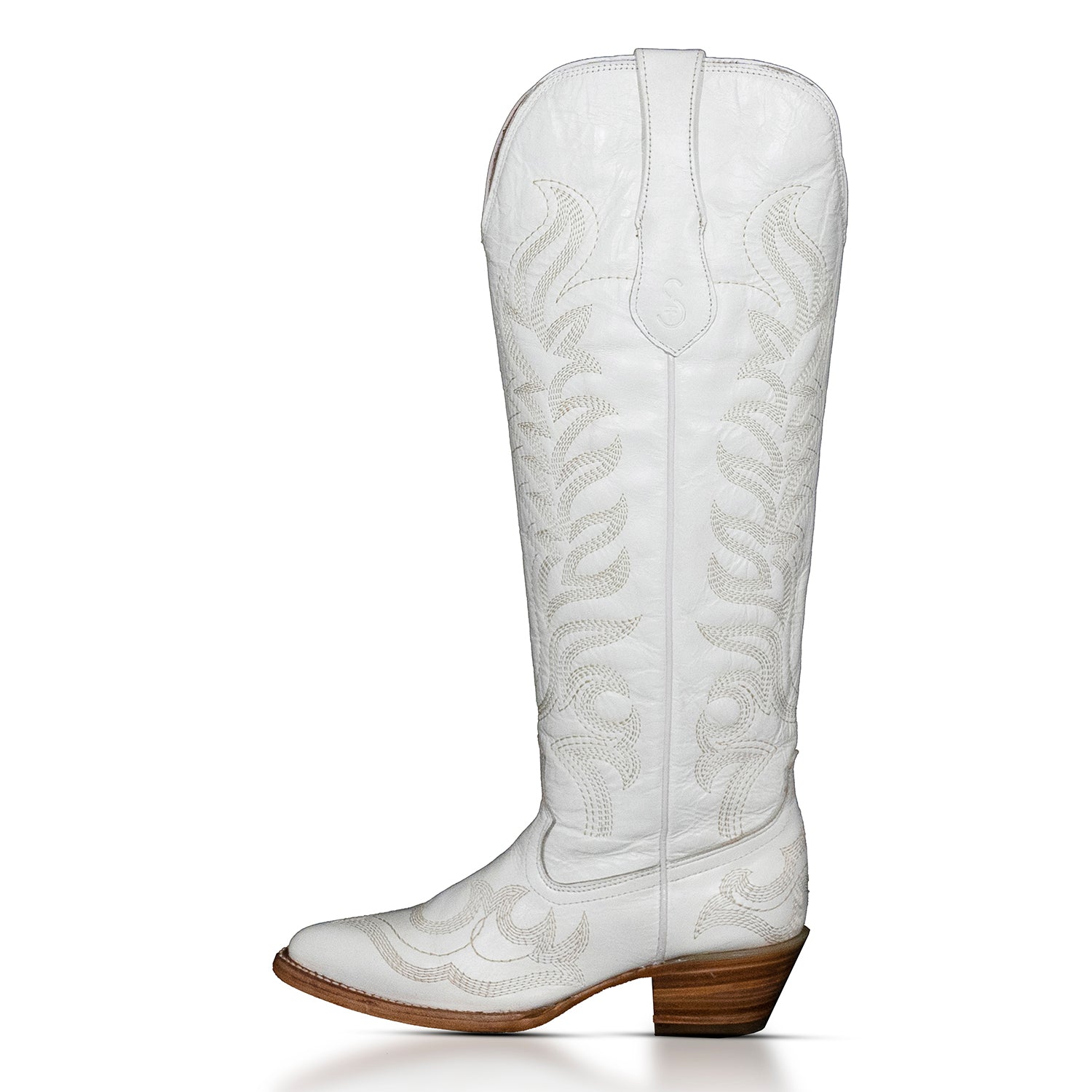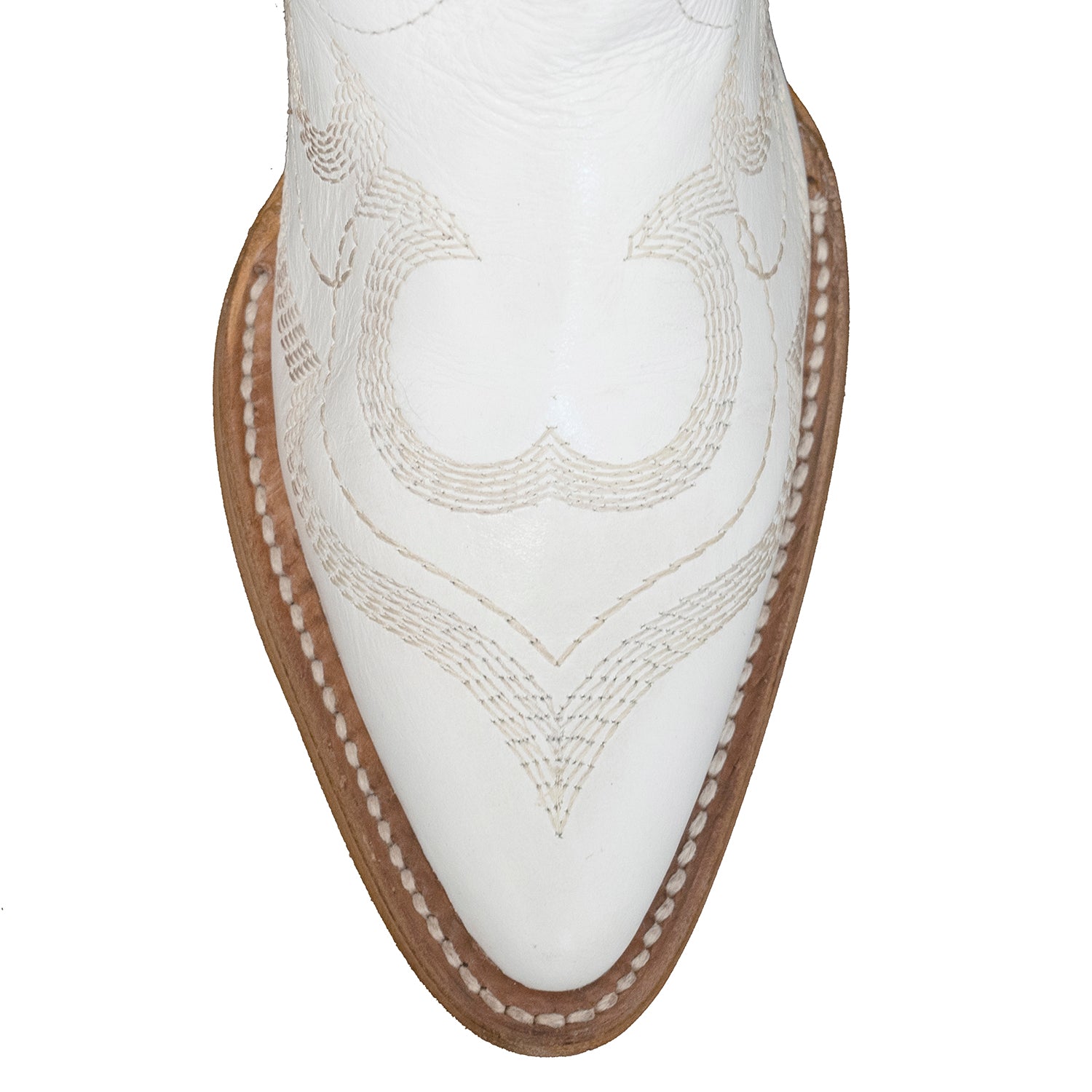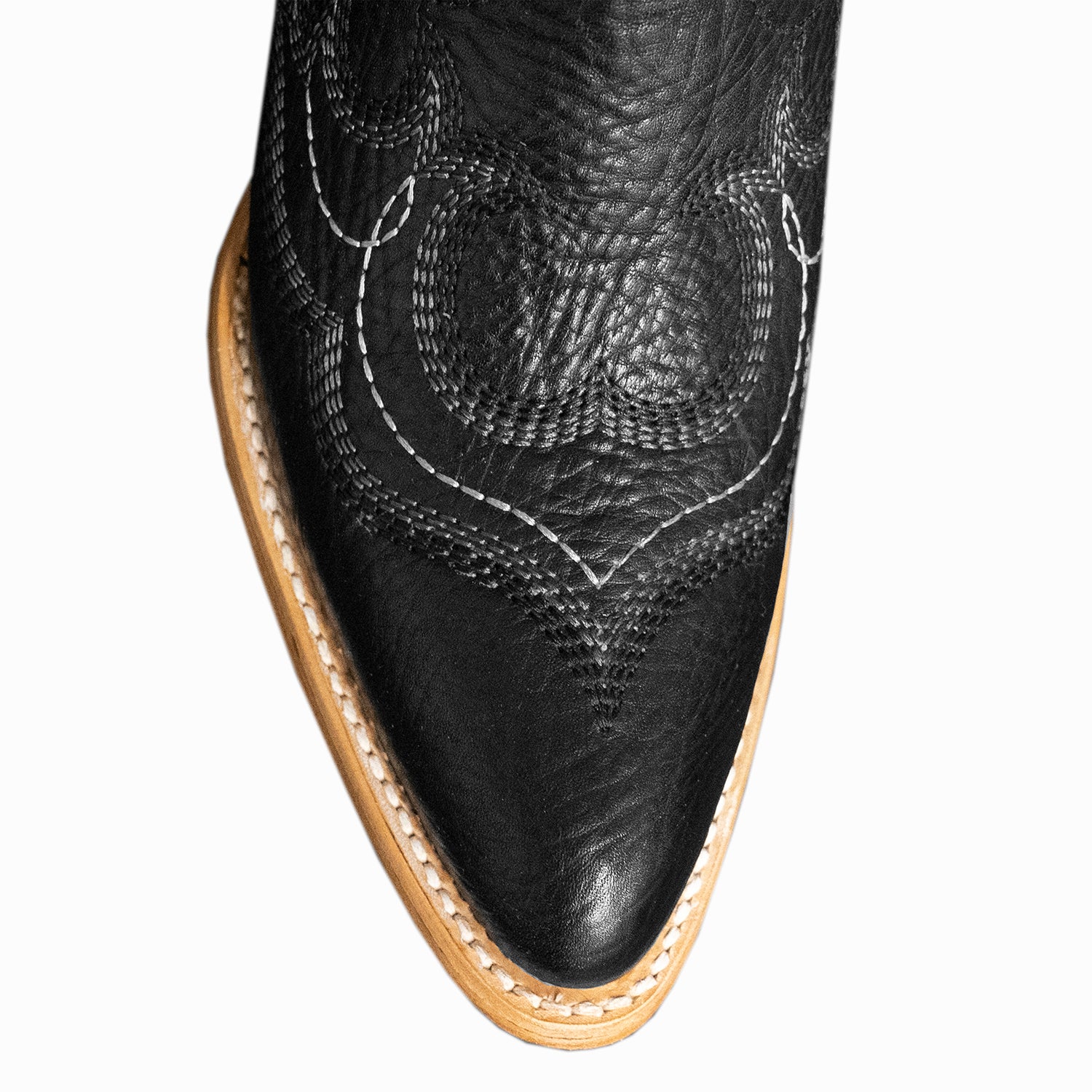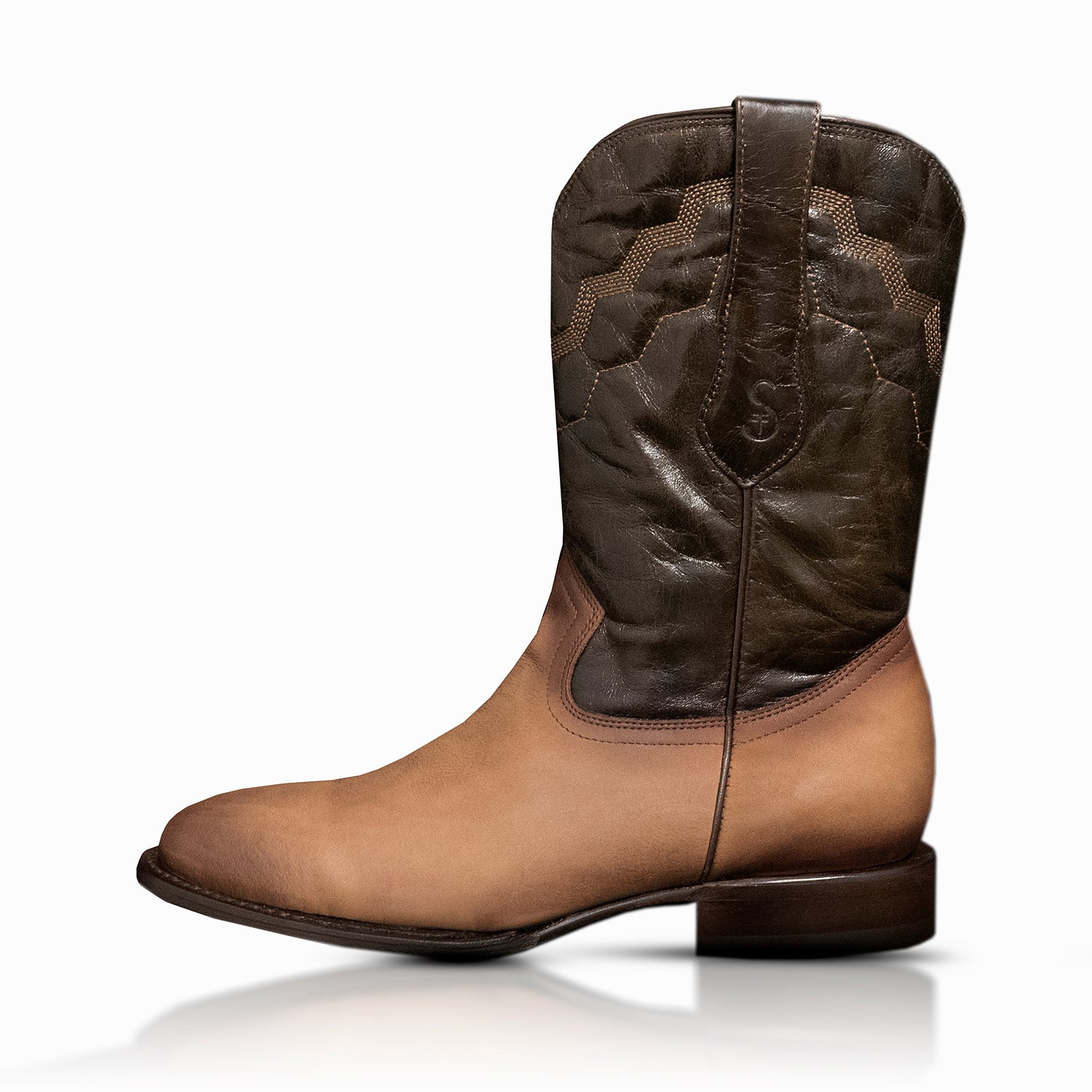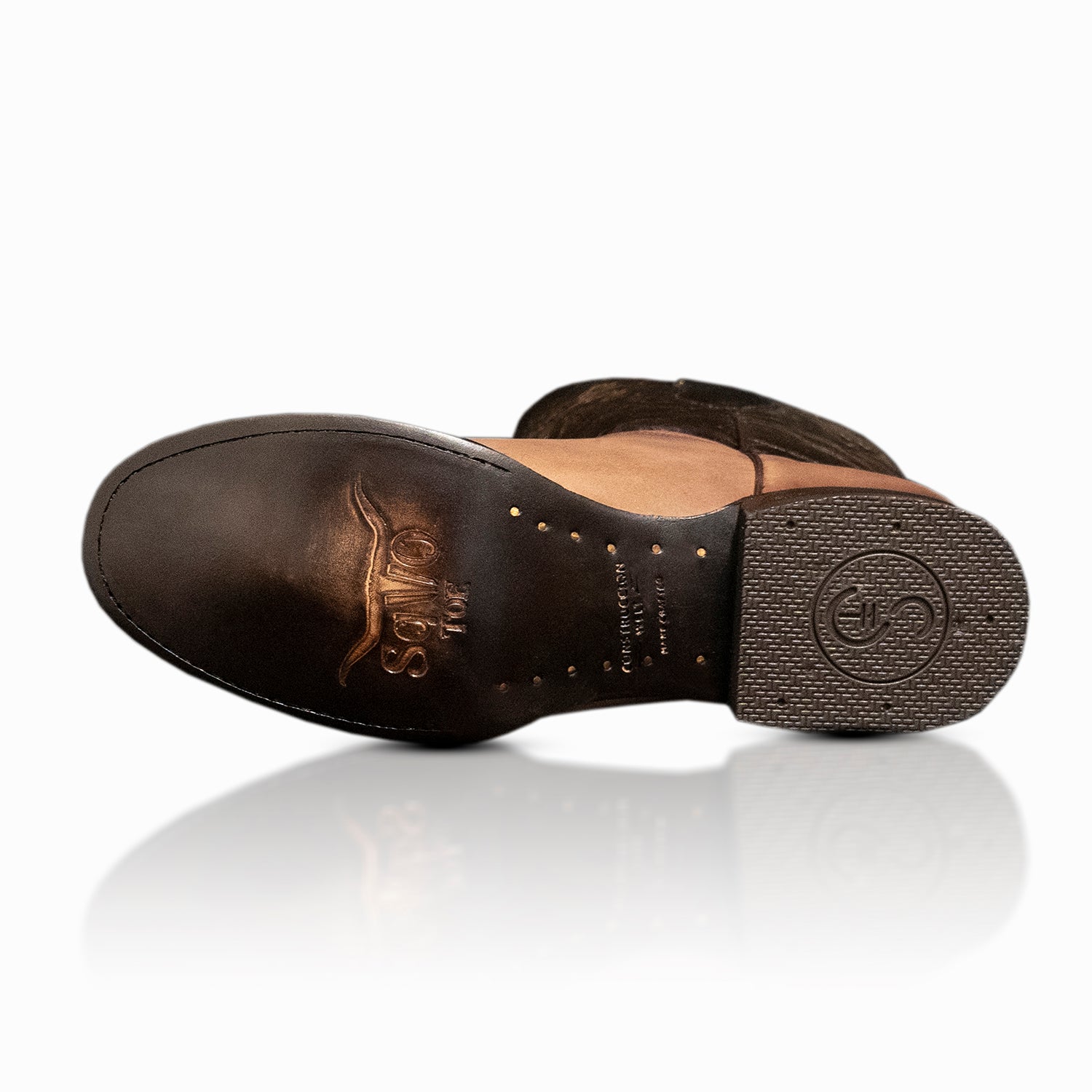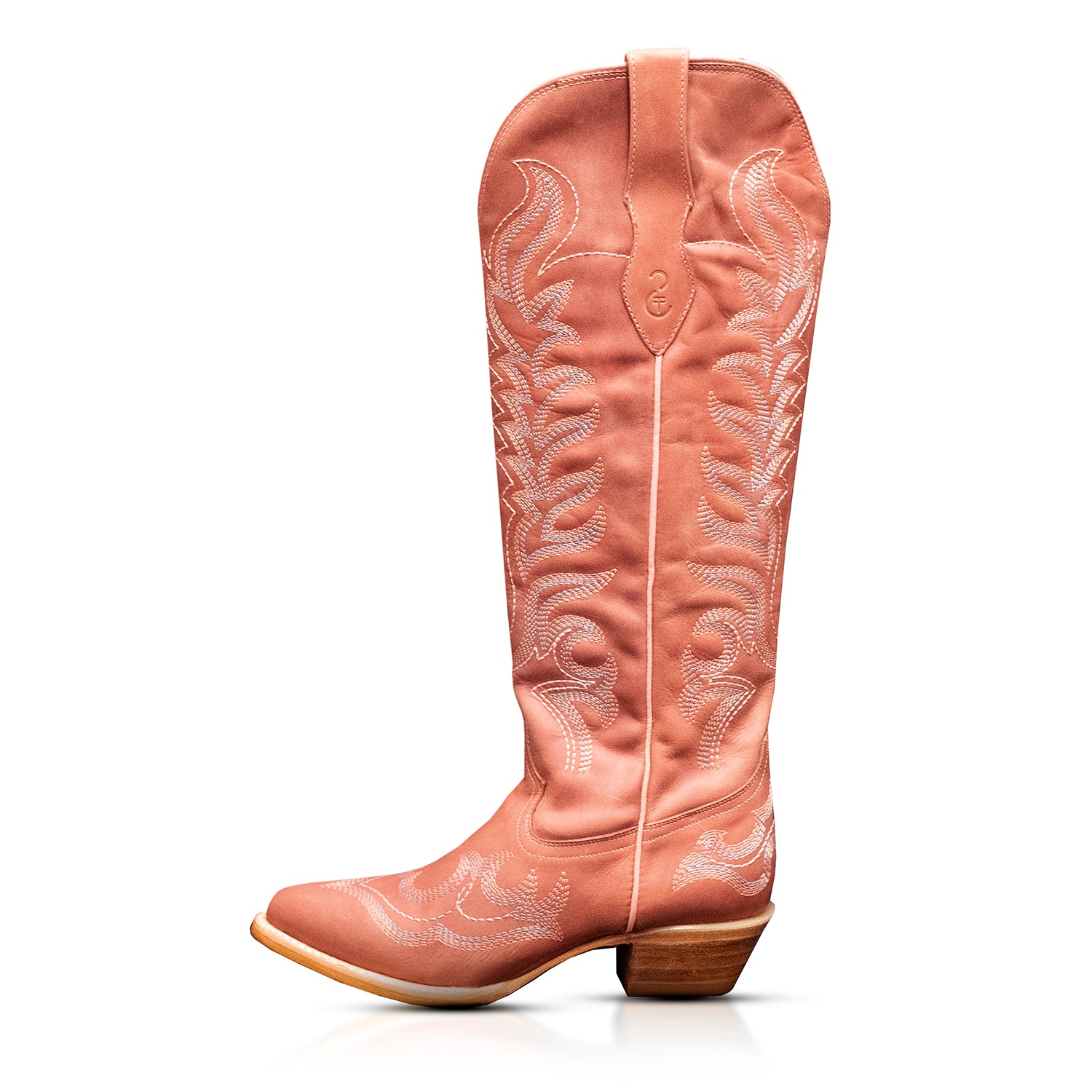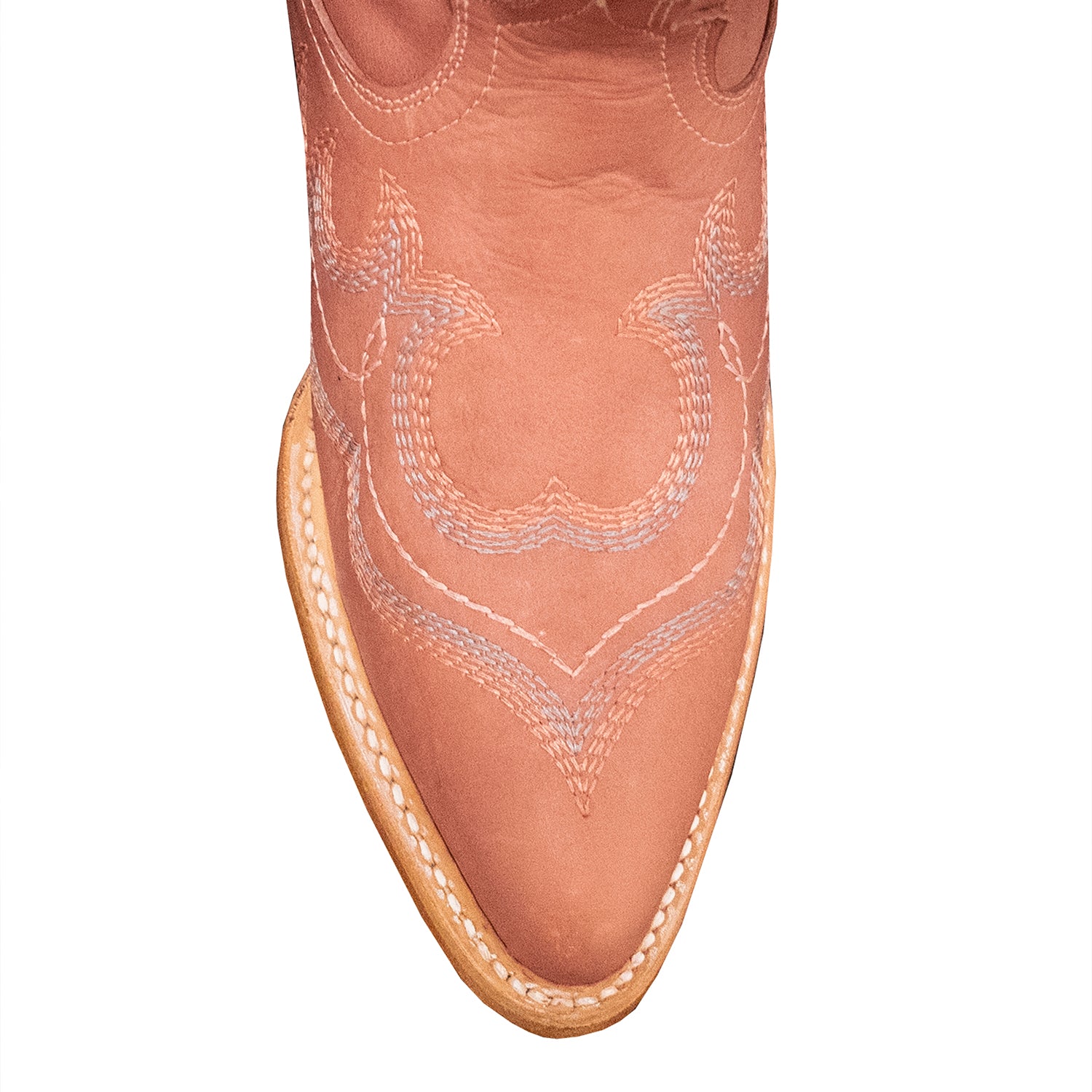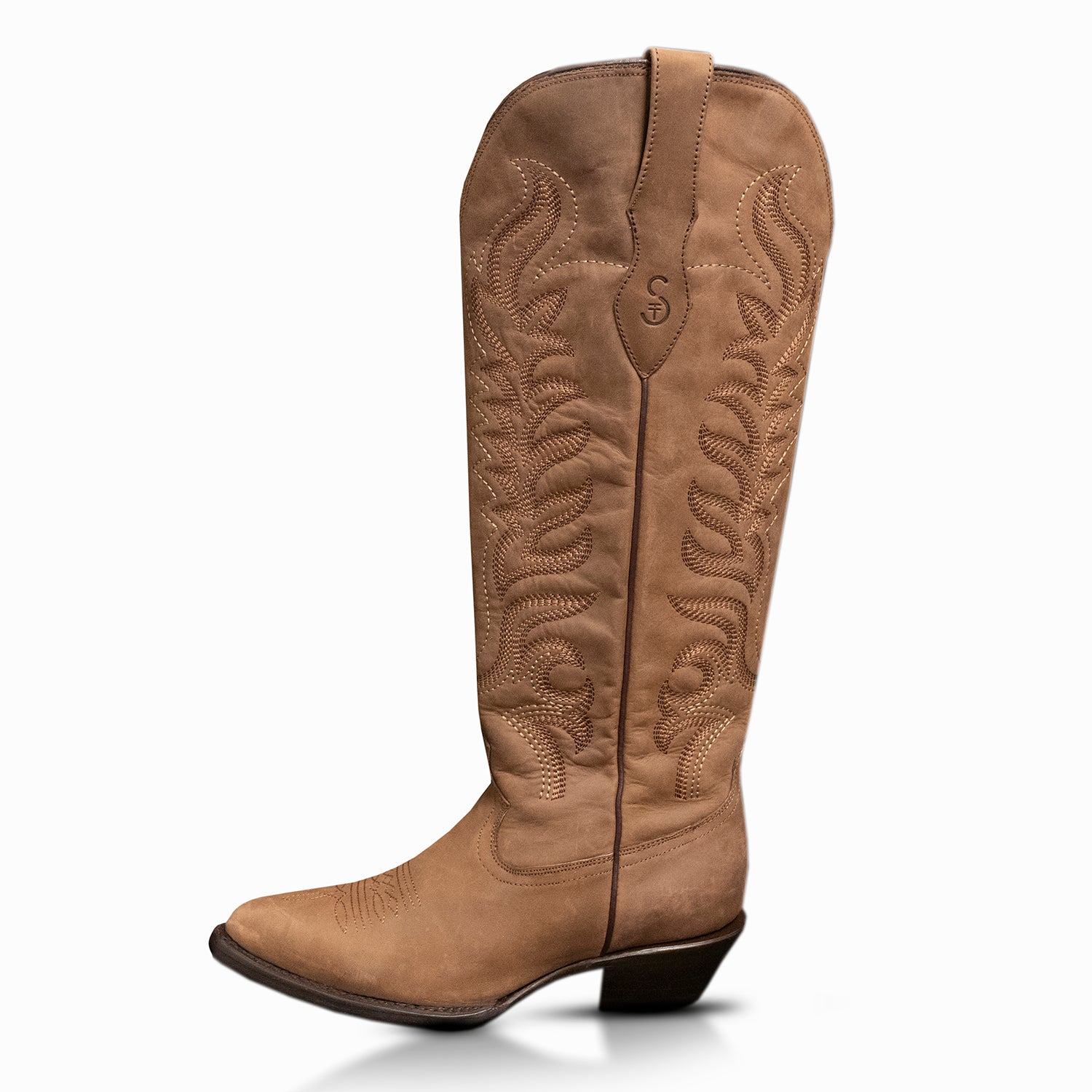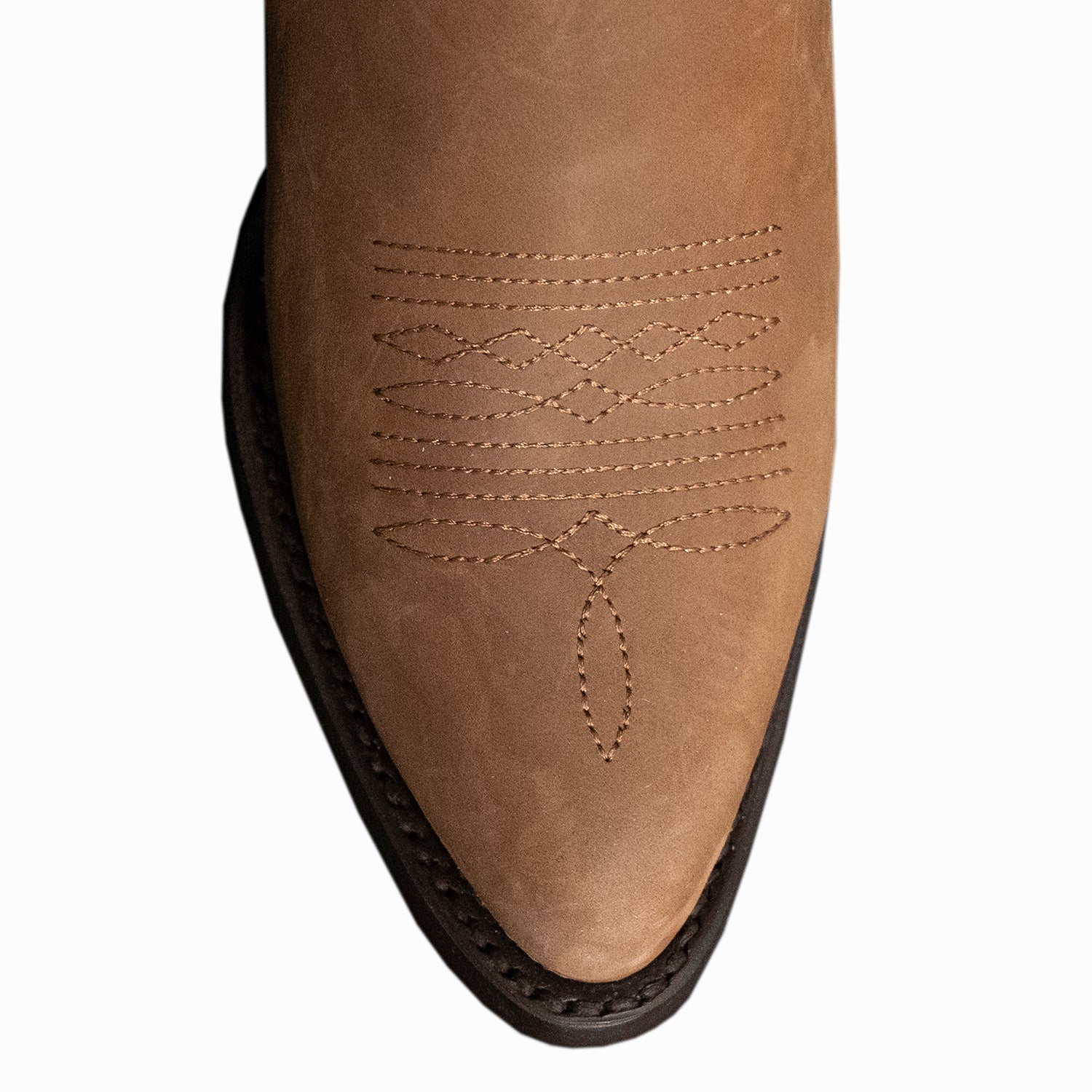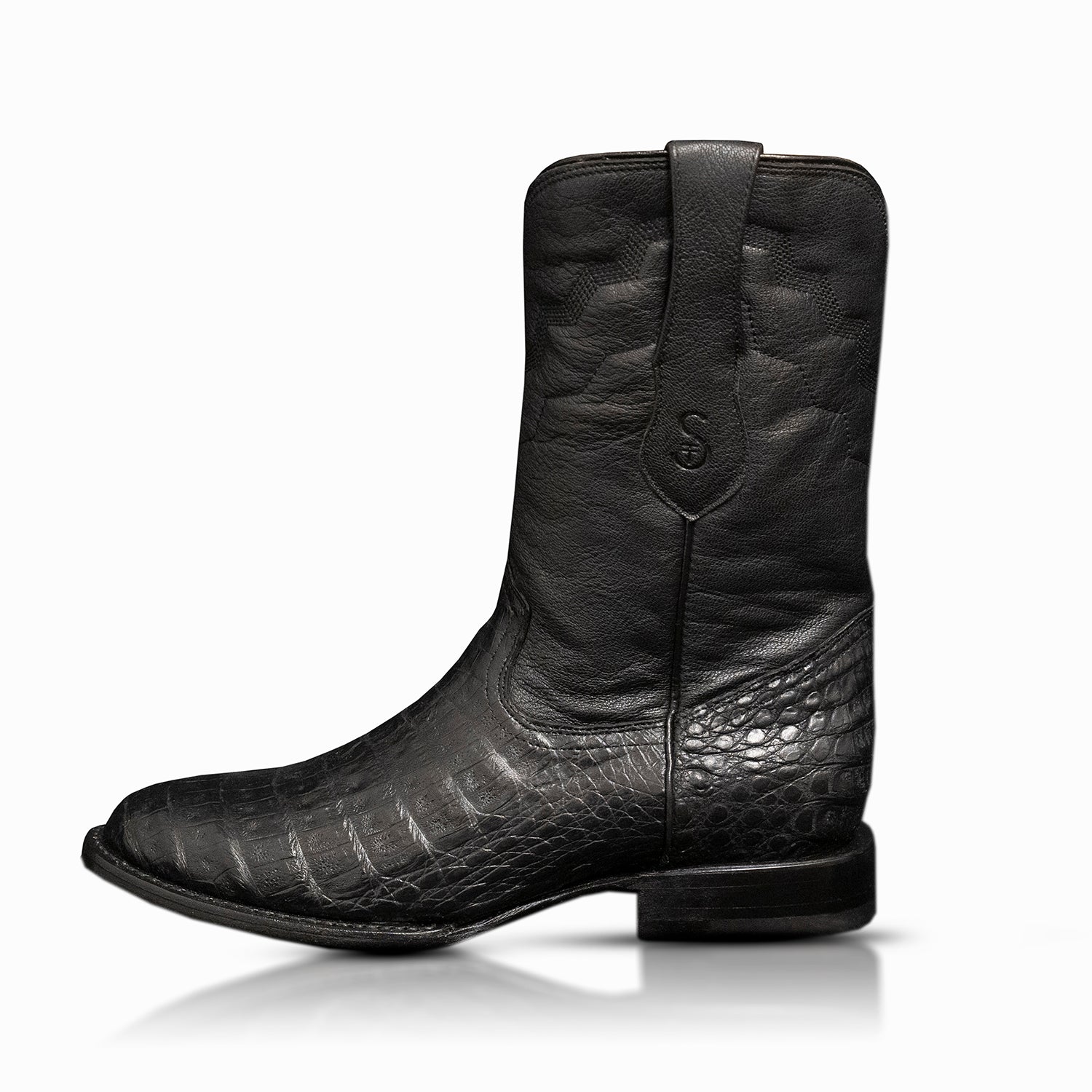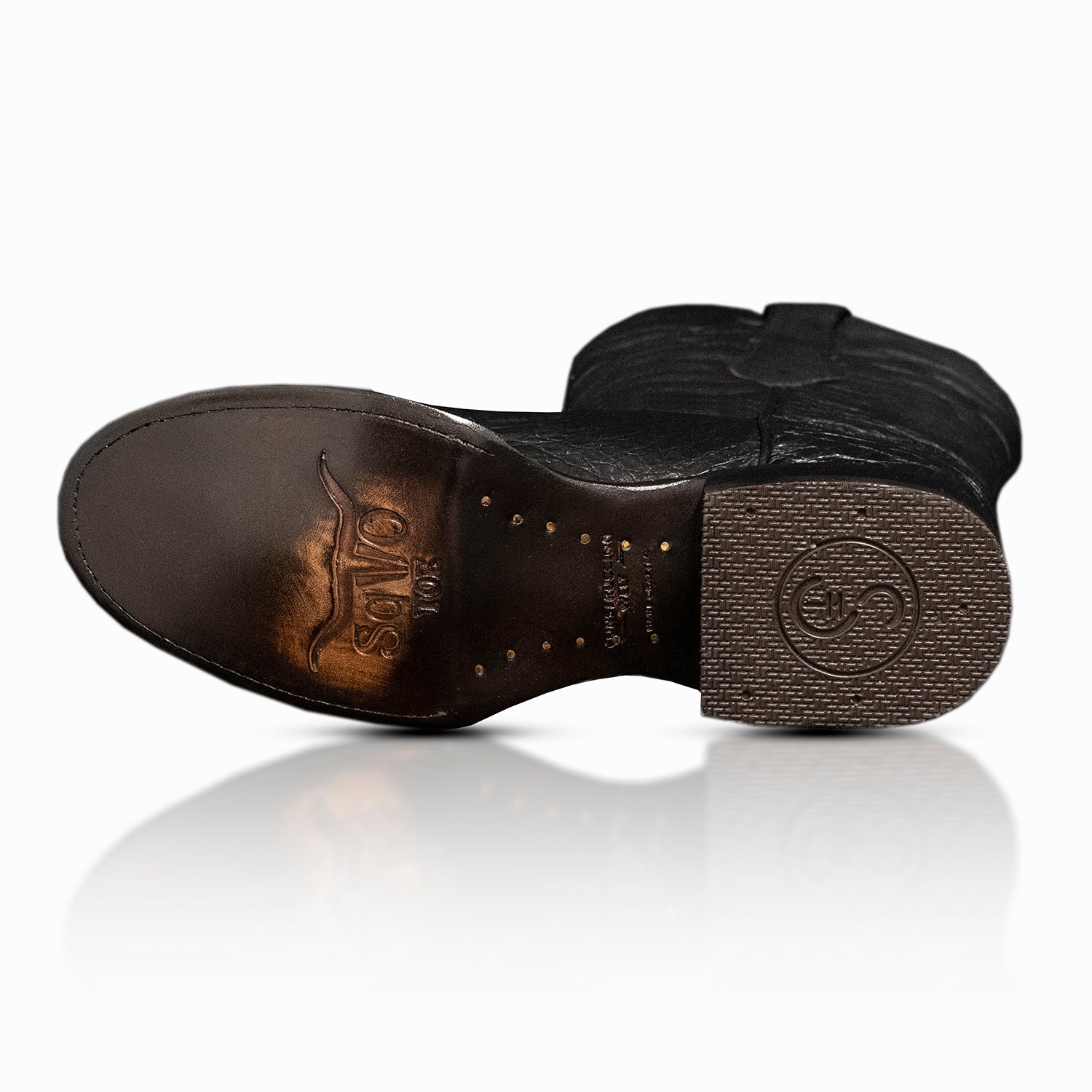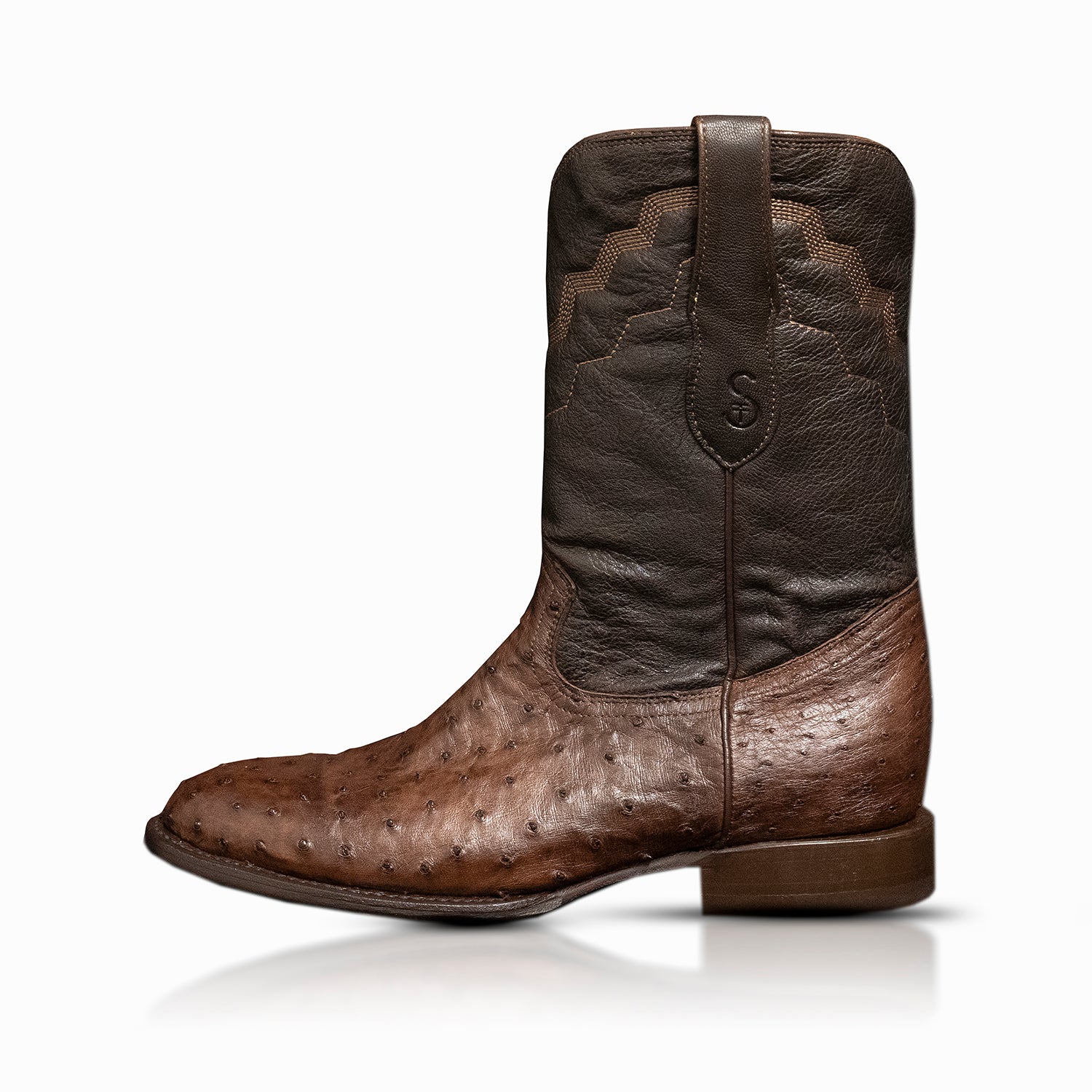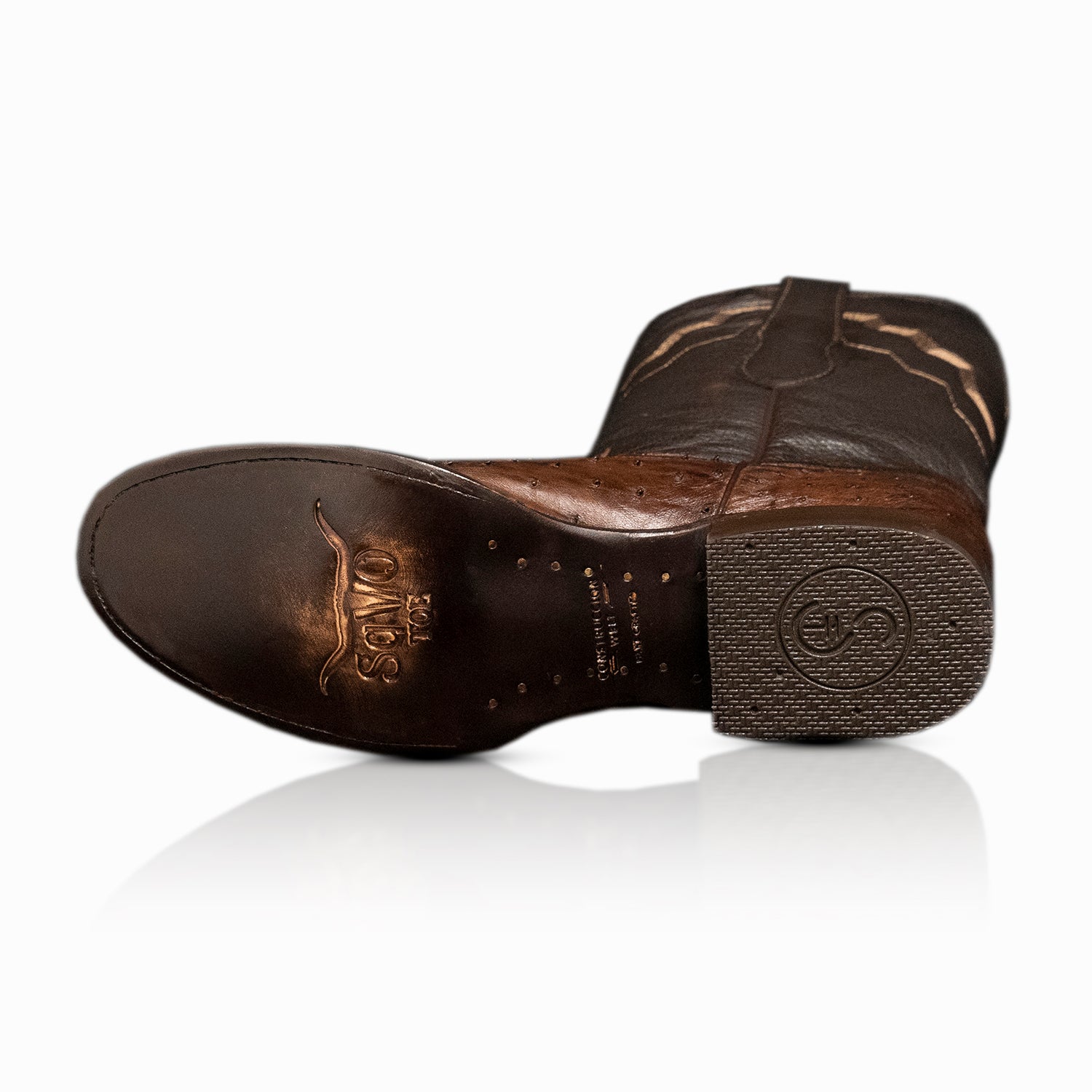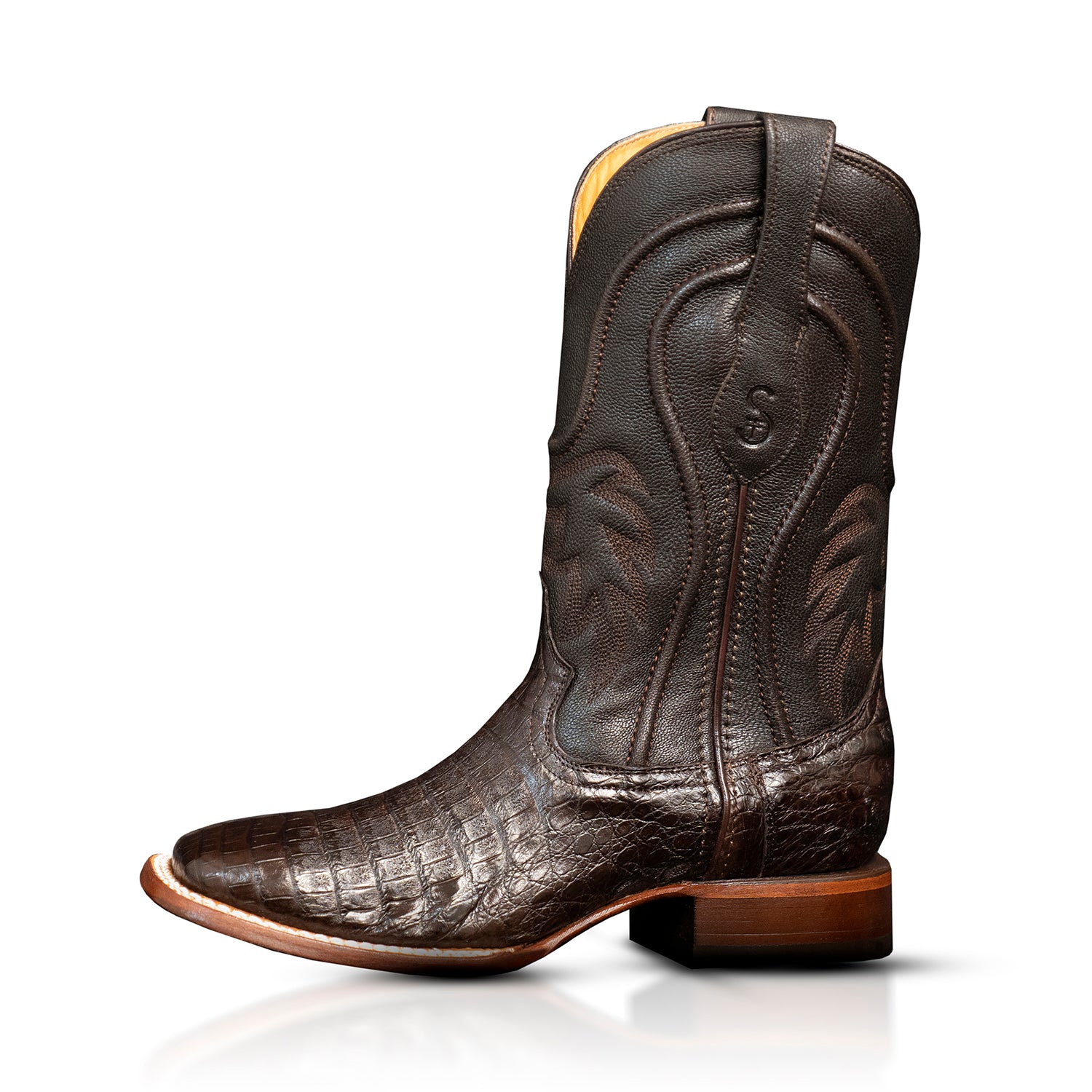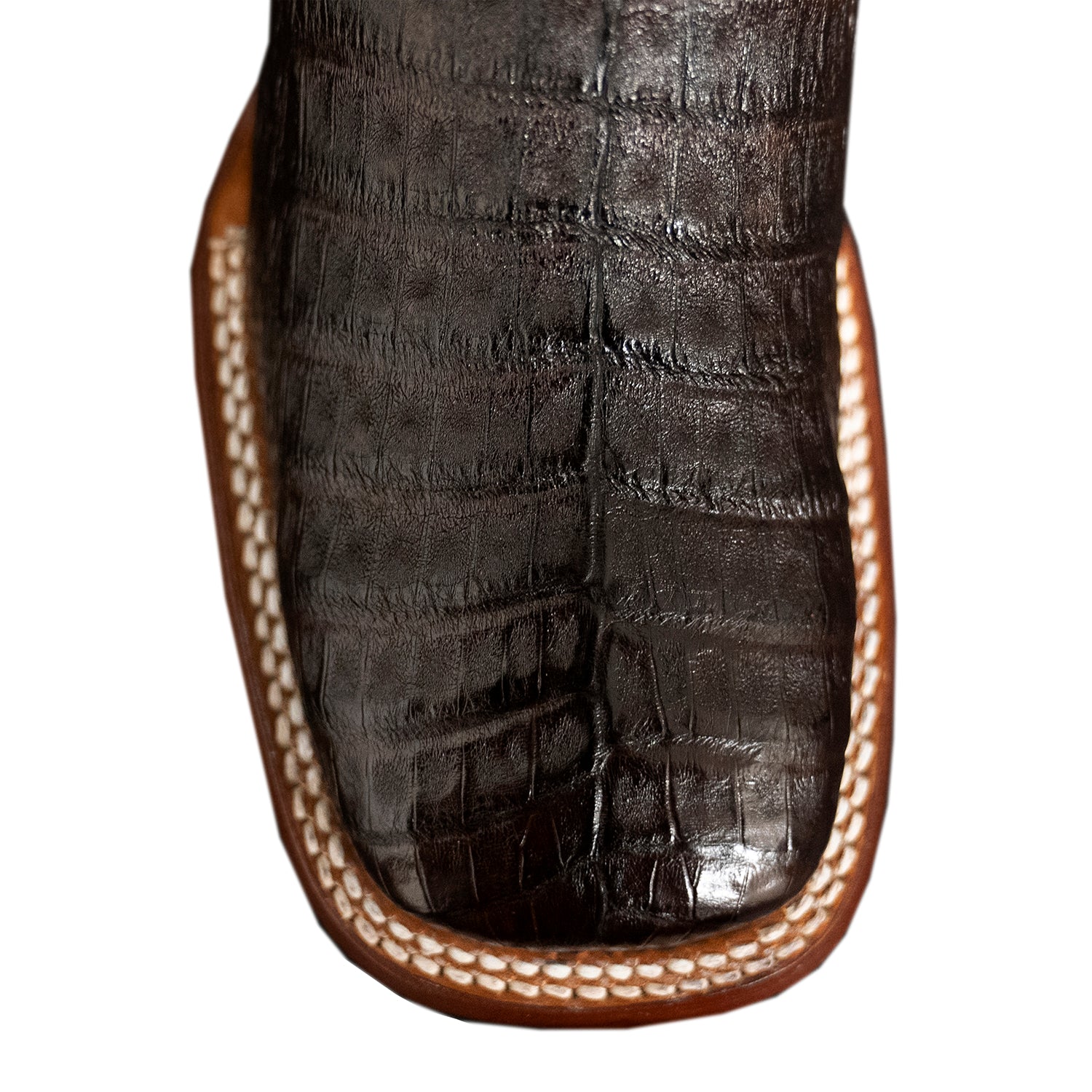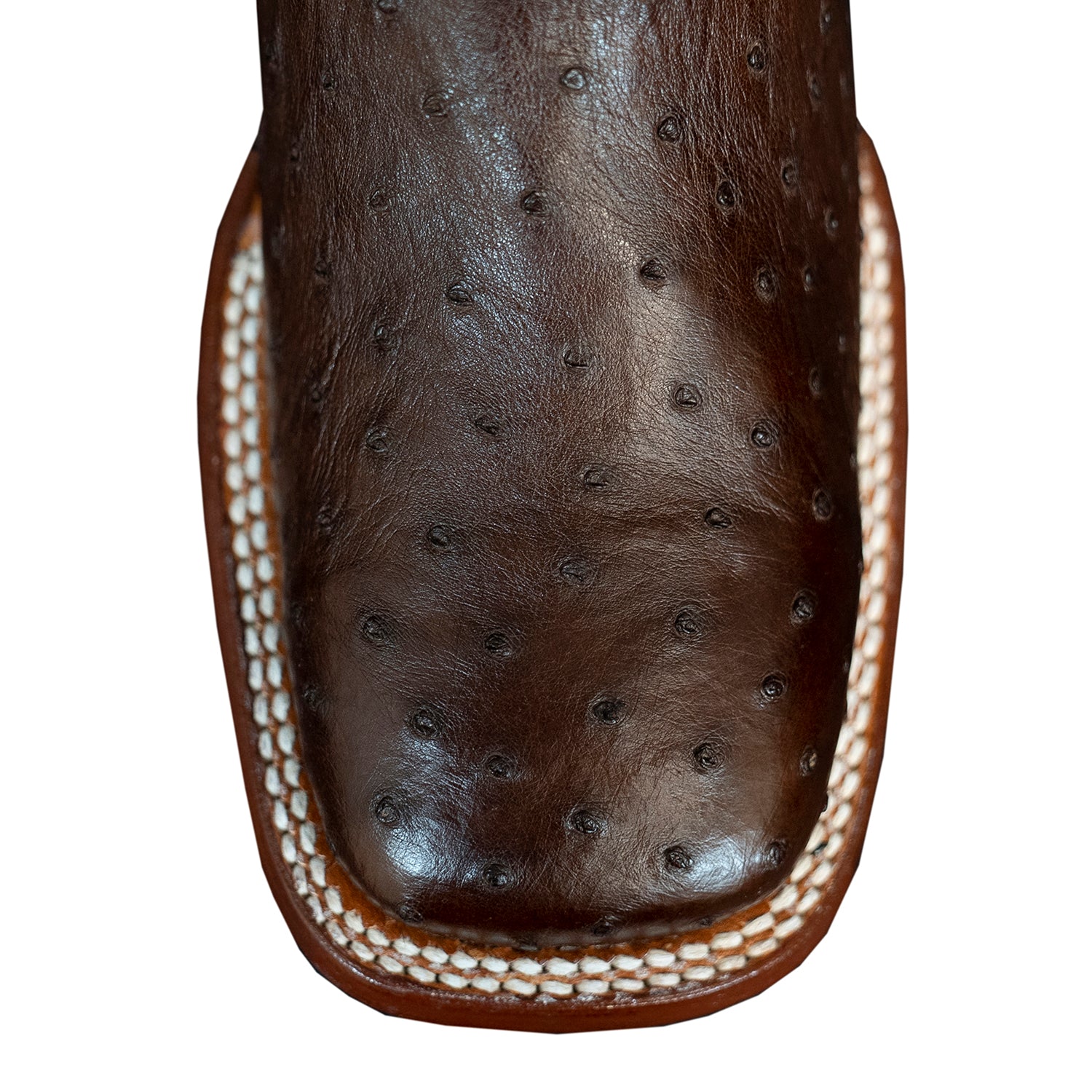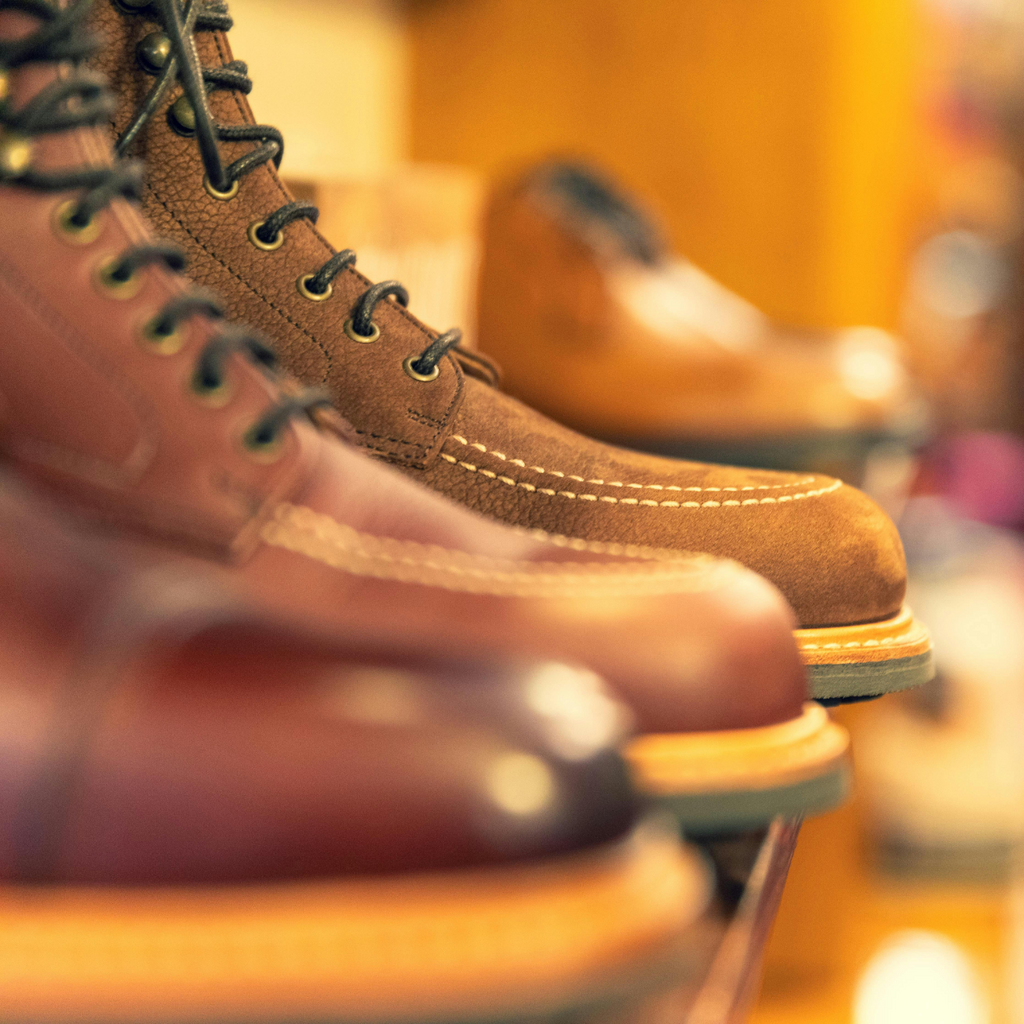
How to Make Sure Your Shoes and Boots Are the Right Fit

Finding shoes that fit just right is a necessity. A pair that feels snug and supportive can make walking, working, or running around far more enjoyable. A pair that fits poorly can leave you dealing with sore feet or blisters. It can also lead to something worse. The good news is that getting the right fit doesn’t need to be complicated.
A few simple steps and checks can make all the difference. This guide will walk you through how to make sure your shoes and boots fit properly. It will ensure you find the right one that allows you to move comfortably and confidently every day.
How Should Shoes Fit?
Getting the fit right starts with knowing what to look for. Comfort is important. However, you also want a balance between snug and roomy. The key is in understanding your feet and testing shoes the right way. Each of the following steps helps you zero in on that perfect fit.
Have Your Feet Measured
Feet change over time. Weight, age, or injuries can make them wider or longer than they were years ago. Having them measured gives you a reliable baseline. A trained associate or even a shoe store’s measuring tool can do the trick. Measure both feet, since they’re rarely identical.
Fit the Shoes to the Larger of Your Feet
Most people have one foot that’s slightly bigger than the other. This can be frustrating, but it’s perfectly normal. Always size to the larger foot. If you don’t, the bigger foot will feel squeezed, and the discomfort will show up fast. A little room for the smaller foot is easier to manage than pinched toes.
Try the Shoes on Both Feet
Slipping one shoe on and calling it good isn’t enough. Each foot carries weight differently. Testing both shoes helps you notice:
- Imbalances
- Pressure points
- Uneven space
You can also take a walk around the store. It will help you check how they feel as you move, and not just when standing still.
Get Moving
Standing still might make shoes feel fine, but the real test comes in motion. Walk across different surfaces if you can, such as carpet or tile. You can even take a short flight of stairs. Movement reveals whether the heel slips or the arch feels unsupported. It is important that you don’t rush and give your feet time to speak up.
Wear Socks When You Try on the Shoes
Shoes feel different with and without socks. Bring a pair with you if you normally wear socks with the type of shoe you’re trying on. Thicker socks can change the fit by half a size. Skipping them during the try-on can mean ending up with shoes that are too tight or too loose later.
How to Tell if Shoes Are Too Big or Too Small
The next step is figuring out if the shoes you’re wearing are the right size at all. Many people walk around daily in shoes that don’t fit well without realizing it. Here’s how you can check.
How to Tell if Shoes Are Too Big
A common question is how to tell if shoes are too big. One easy sign is if your heel slips every time you walk. Another is if you feel your foot sliding forward with each step. The shoe is likely too long or too wide. If you notice these issues.
One useful test is checking how much space there should be in a shoe. Ideally, there should be about a thumb’s width between your longest toe and the front of the shoe. More space than that can cause slipping. Less space means cramped toes and potential pain.
How to Know if Your Shoes Are Too Big
Try walking briskly if you’re wondering how to know if your shoes are too big. If the shoe creases oddly, or you hear a flopping sound, that’s a red flag. An extra room can cause blisters as your foot constantly rubs against the inside.
Proper Shoe Fit
When we talk about a proper shoe fit, it doesn’t mean tight or loose. In fact, it means balanced. A well-fitted shoe feels:
- Snug at the heel
- Supportive in the arch
- Roomy at the toes
No part of the shoe should pinch, but nothing should feel like it’s slipping off either.
How Do You Know if a Shoe is Too Big?
How do you know if a shoe is too big if everything feels fine standing still? It is a question that might pop up in your mind. The answer: start moving. If you feel like you need to grip with your toes to keep the shoe on, that’s a clear sign the fit is off.
Is It Better for Shoes to Be Tight or Loose?
Neither extreme works well. Shoes that are too tight can cause:
- Blisters
- Bunions
- Long-term foot issues
Shoes that are too loose lead to slipping or rubbing. It can also lead to a lack of support. The sweet spot is snug but not restrictive. It ensures you have enough room for your toes to move naturally.
Some people wonder if it’s fine to wear shoes a size up. A half-size bigger can sometimes work if you add an insole or wear thicker socks. But going a full size larger usually causes problems. The foot will slide too much. As a result, it can lead to discomfort or even injury over time.
Conclusion
Shoes that fit well don’t just look good. They make every step easier and more comfortable. Checking measurements and testing movement will help you know how to tell if your shoes are too big. You’ll save yourself pain and frustration later. A proper shoe fit keeps your feet happy.
Explore the latest collection at SquareToToe and step into a fit that feels right to find boots that balance comfort and style.
